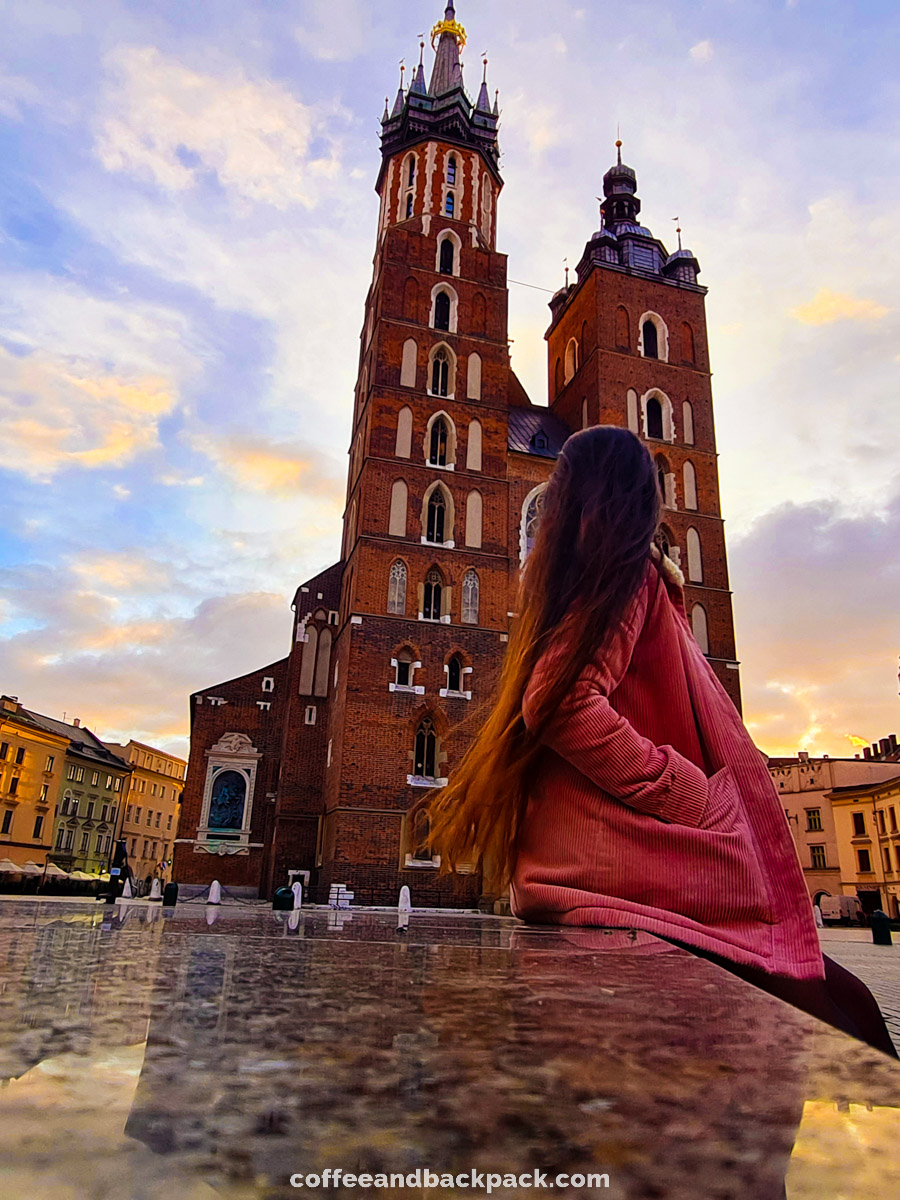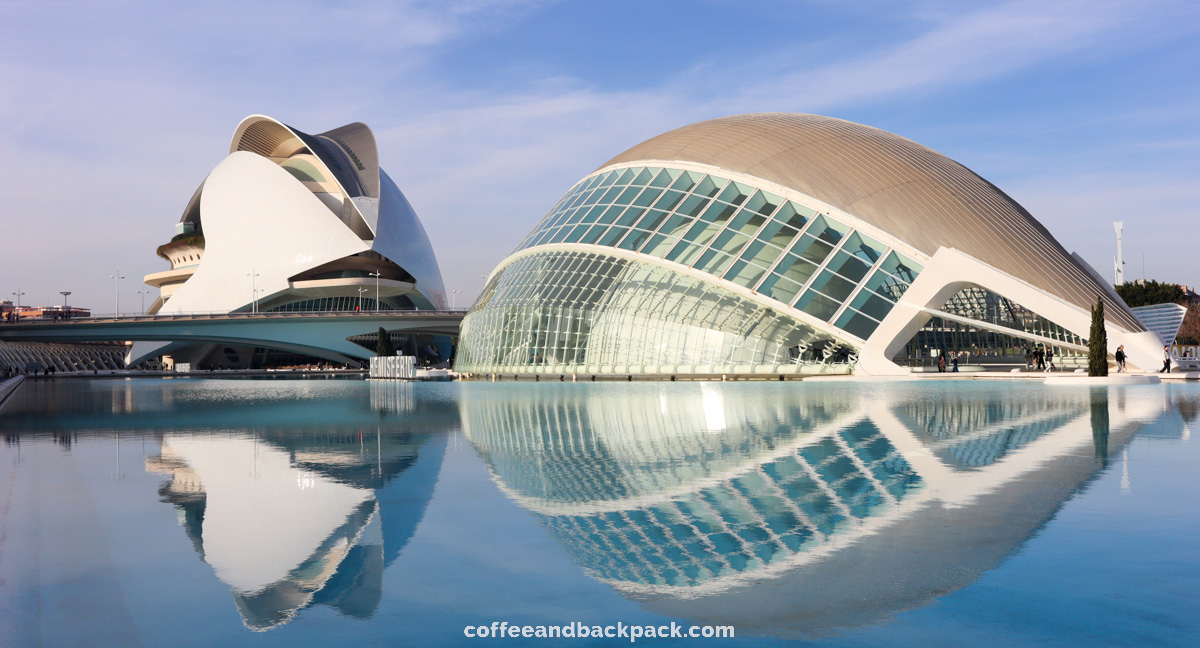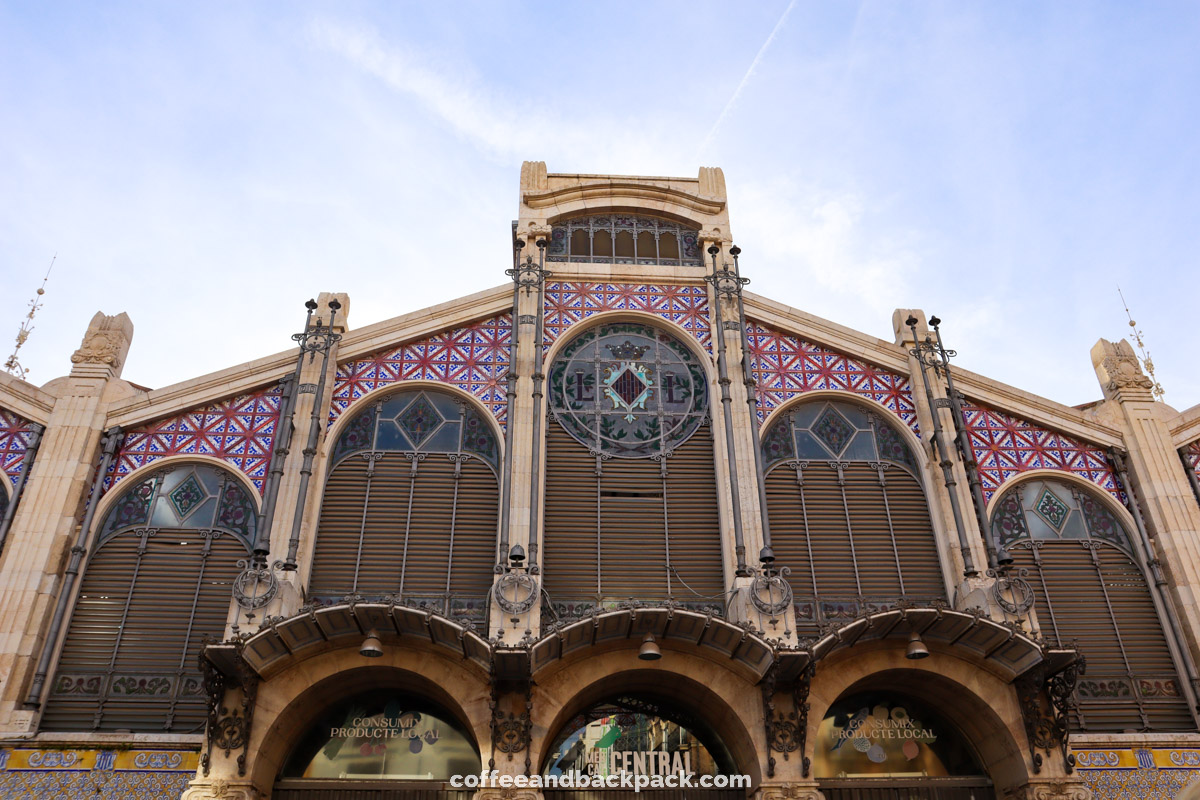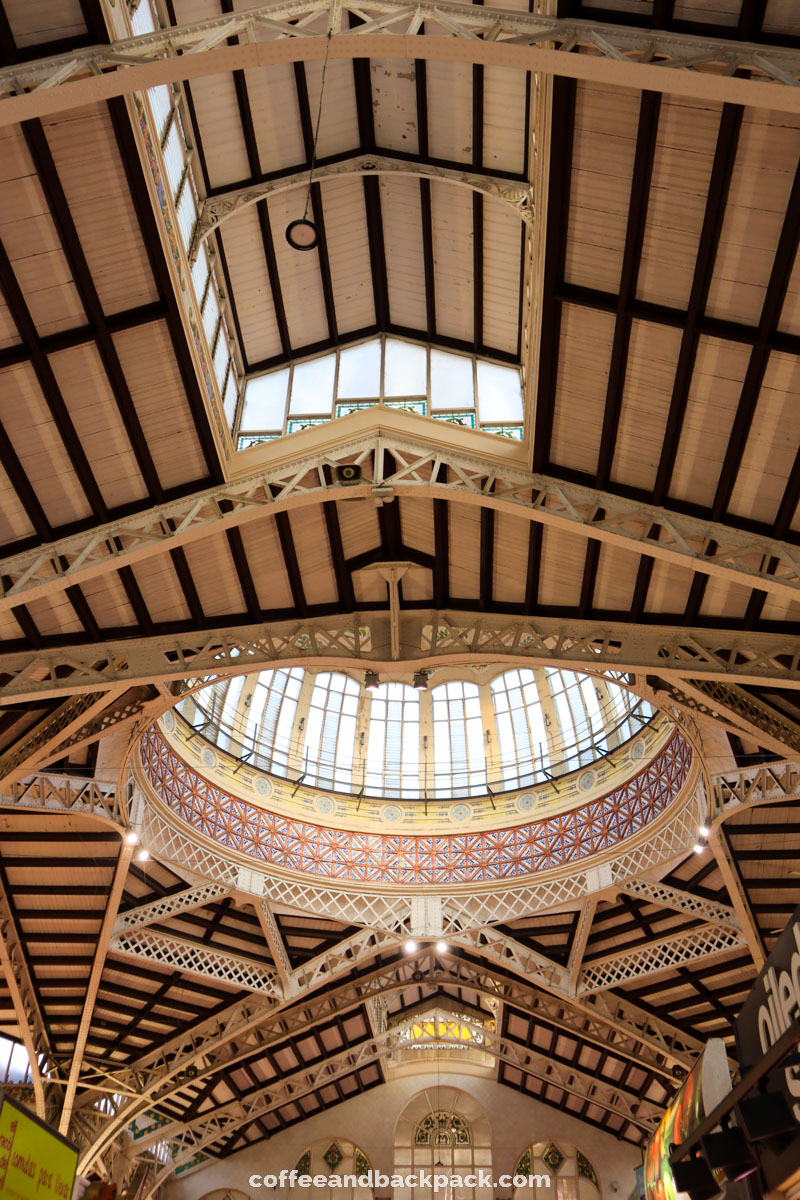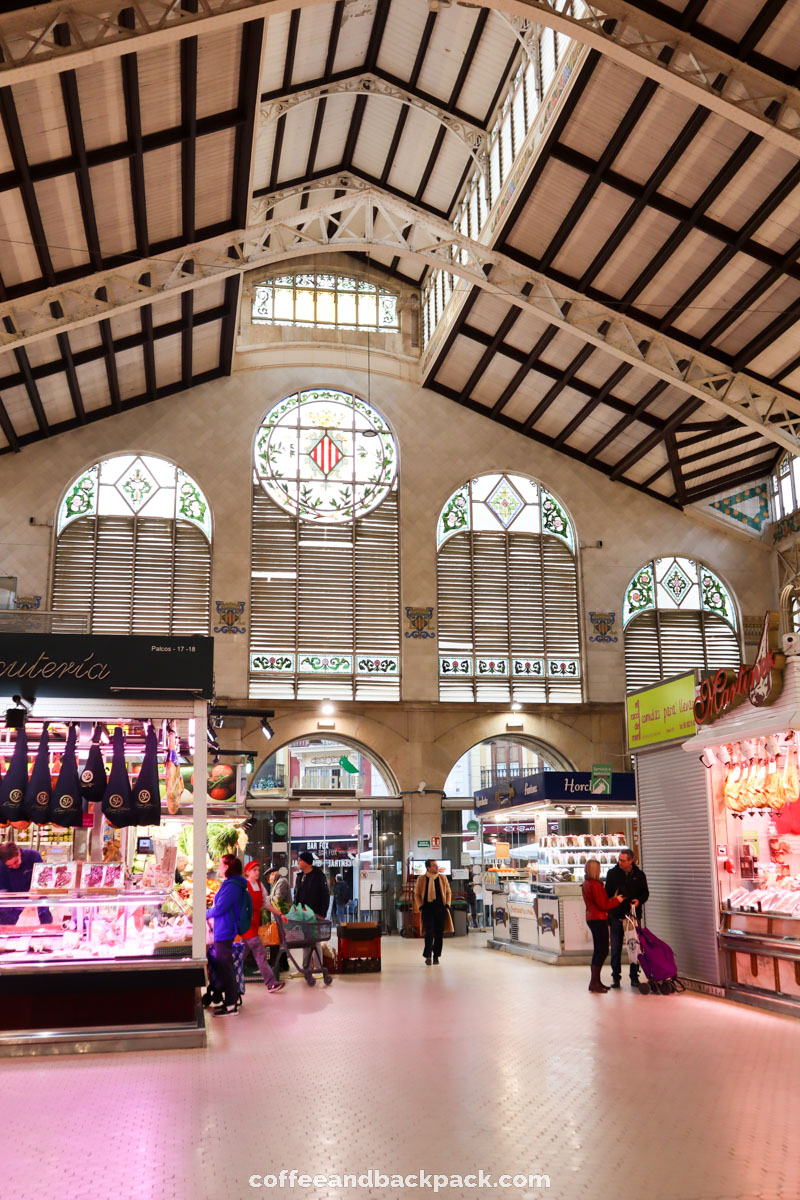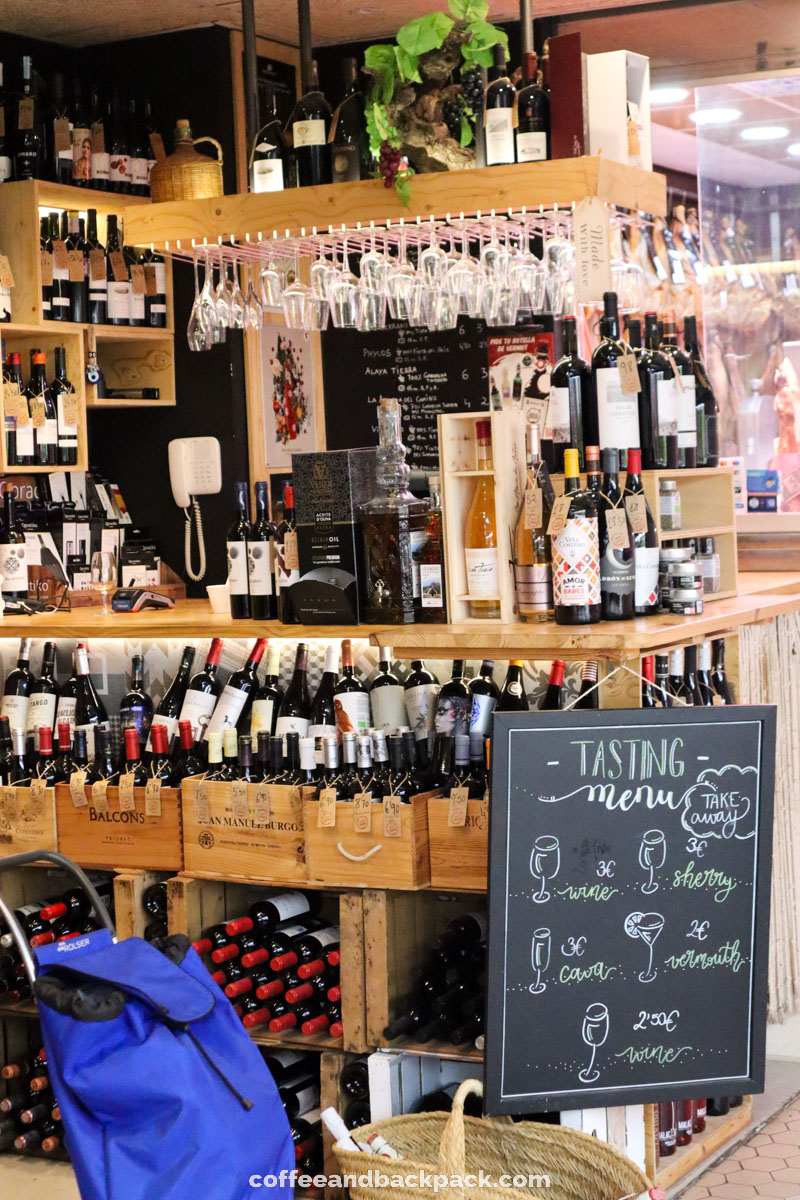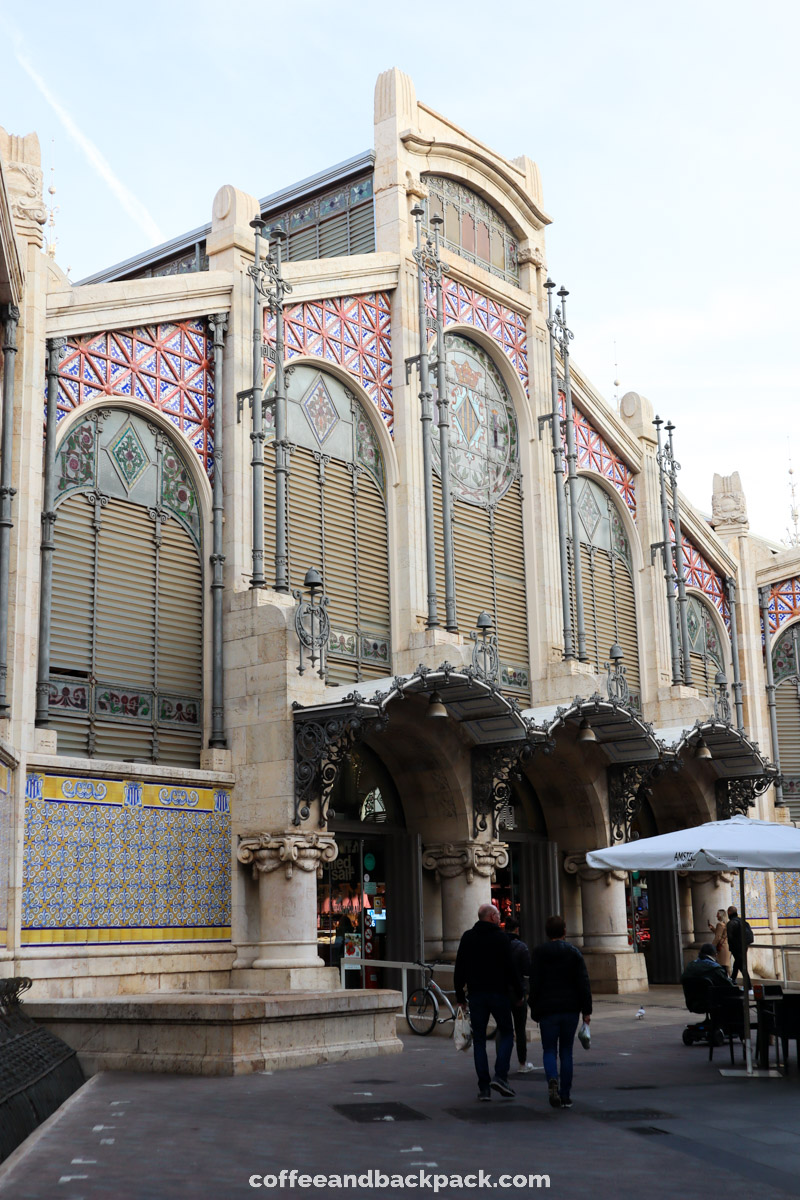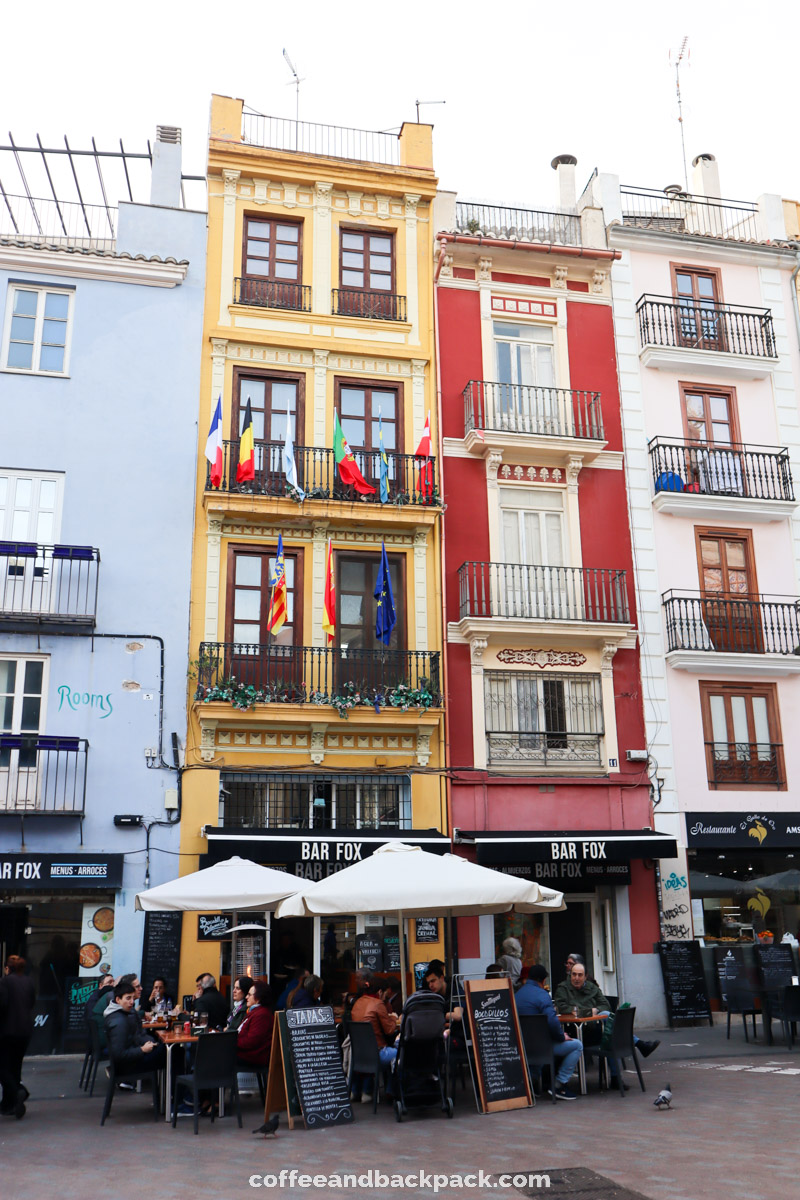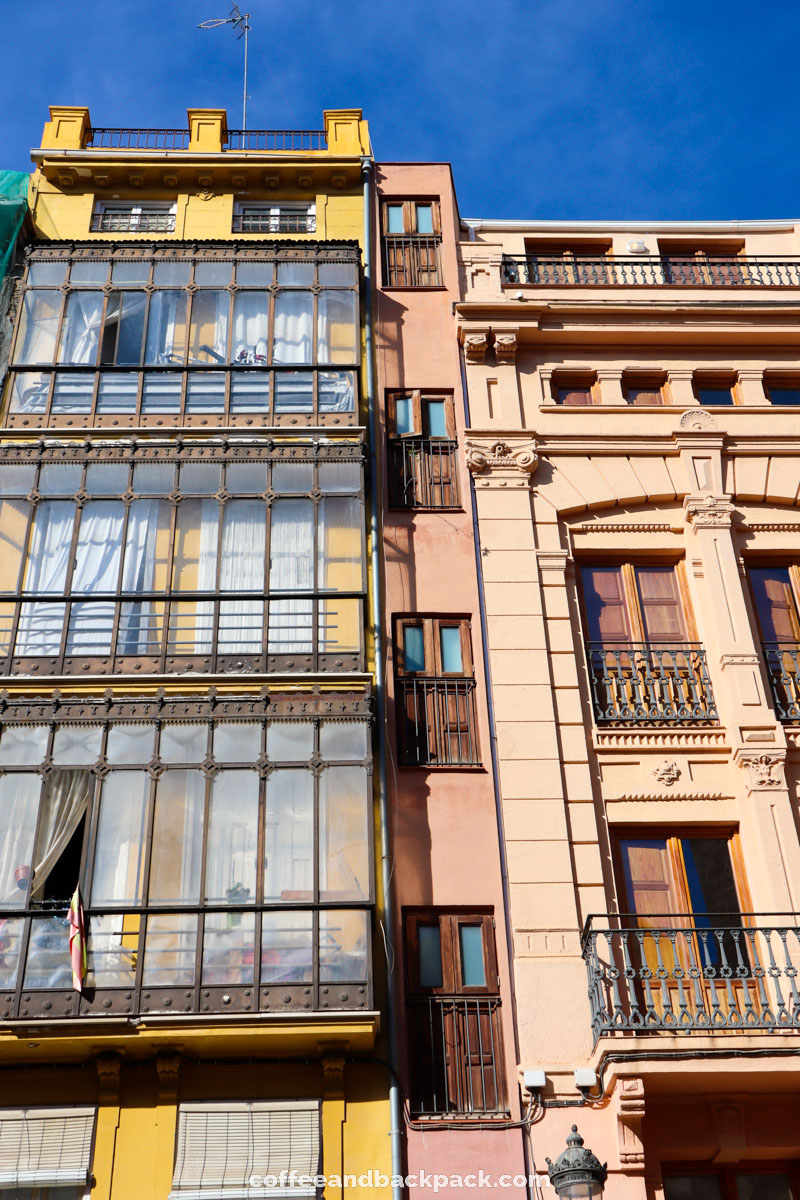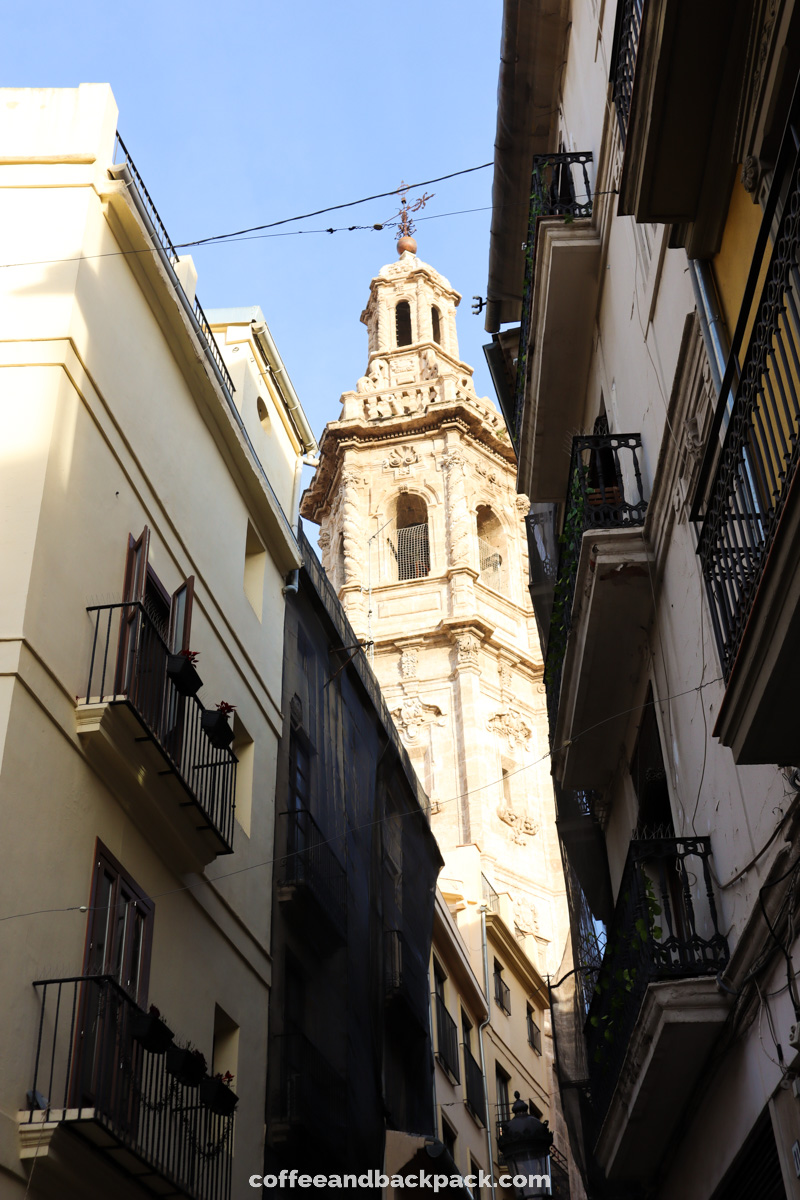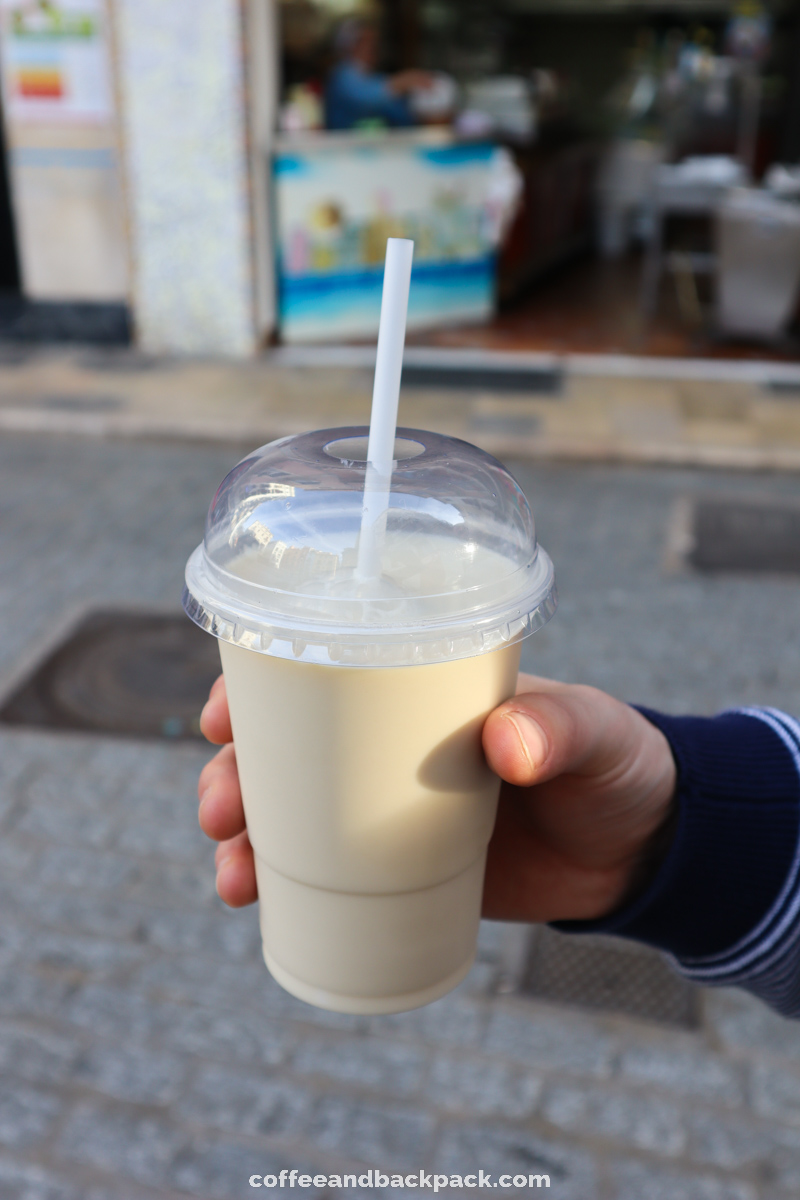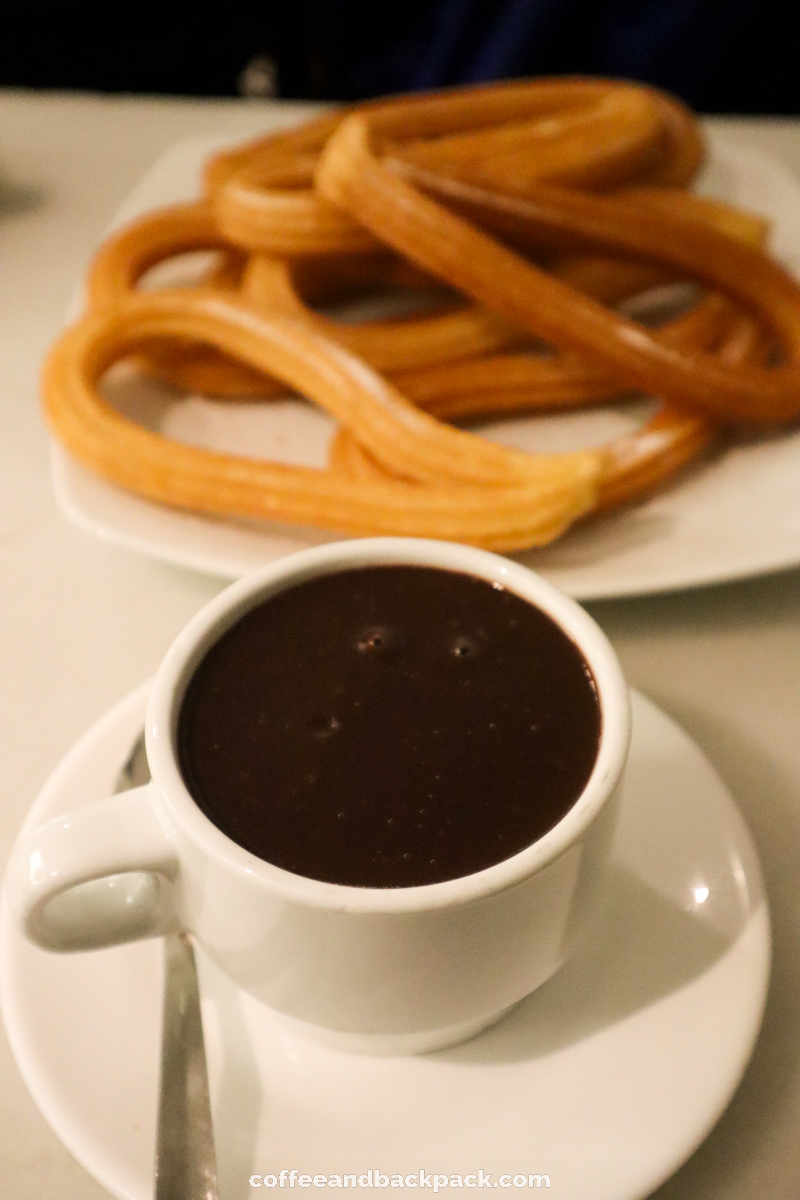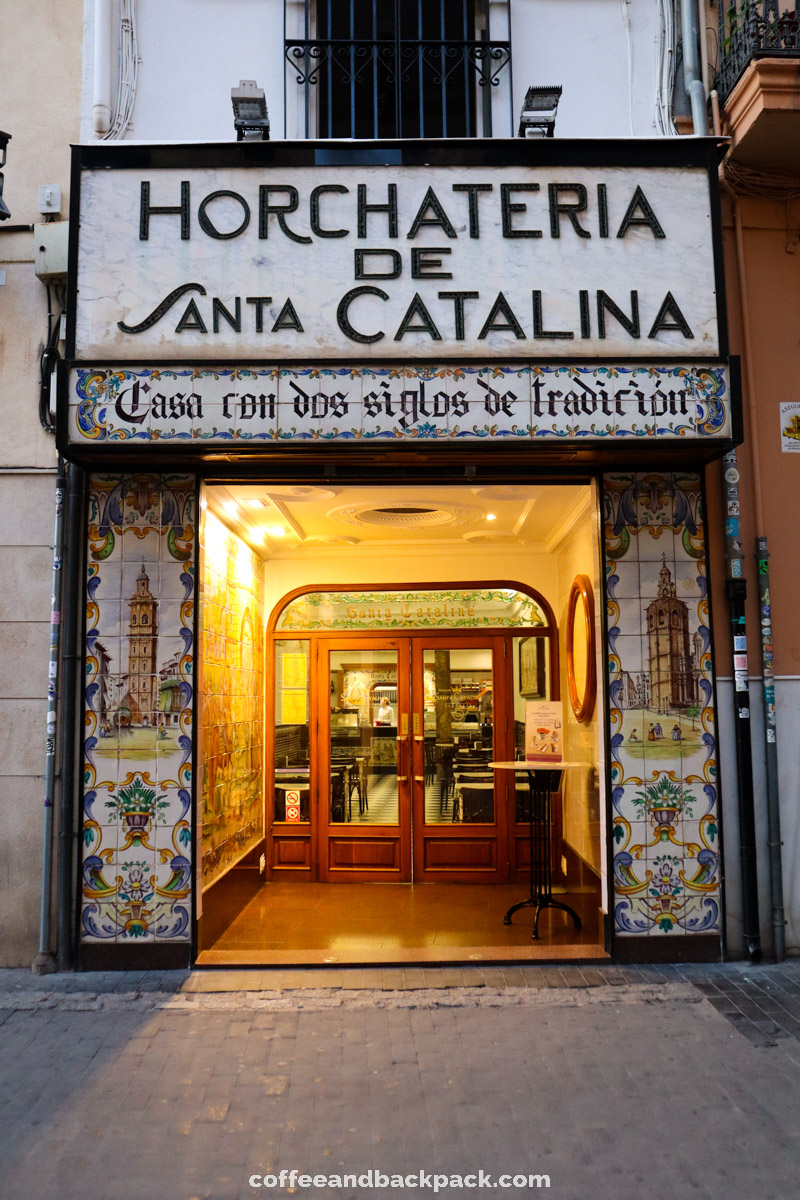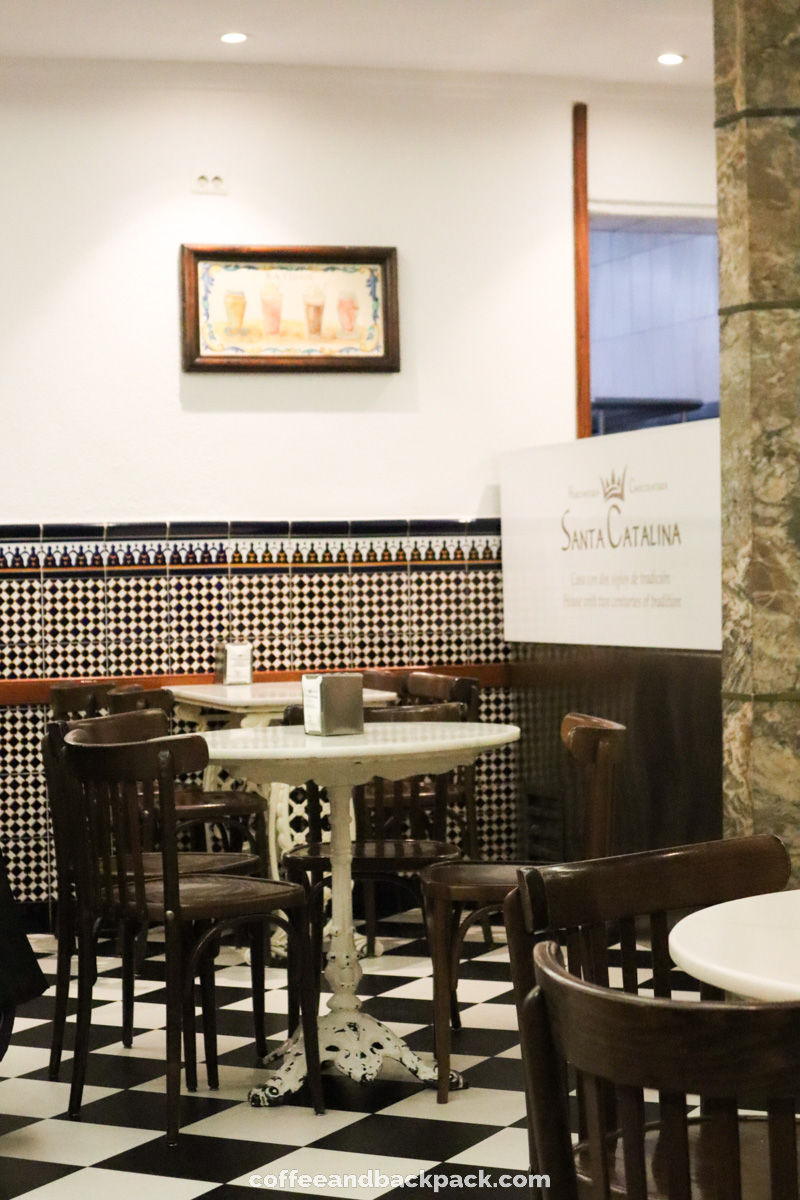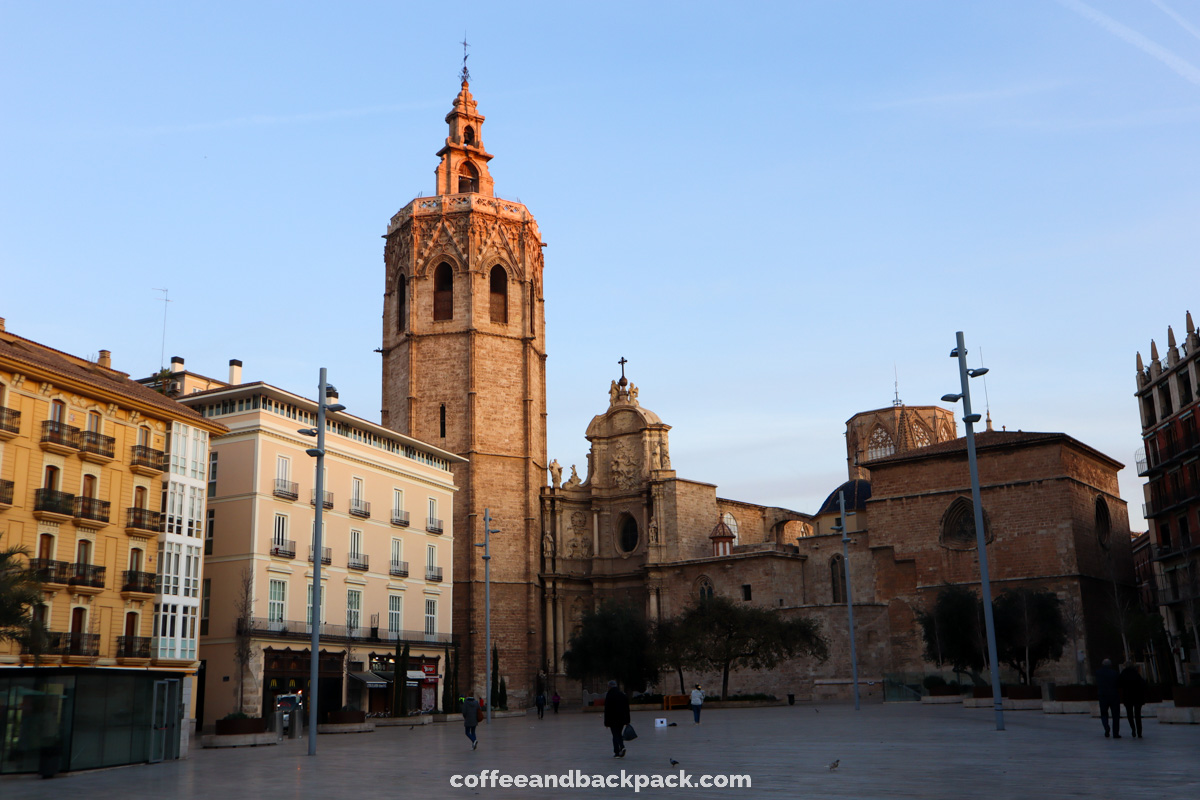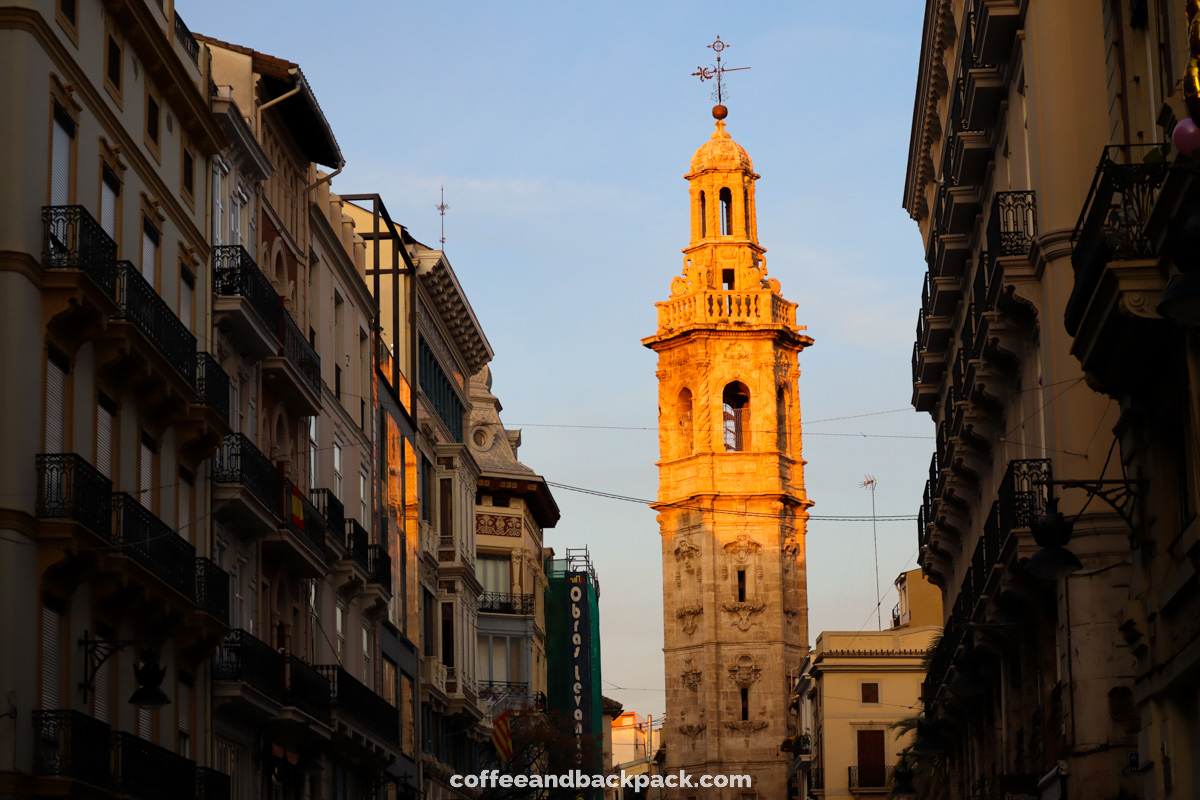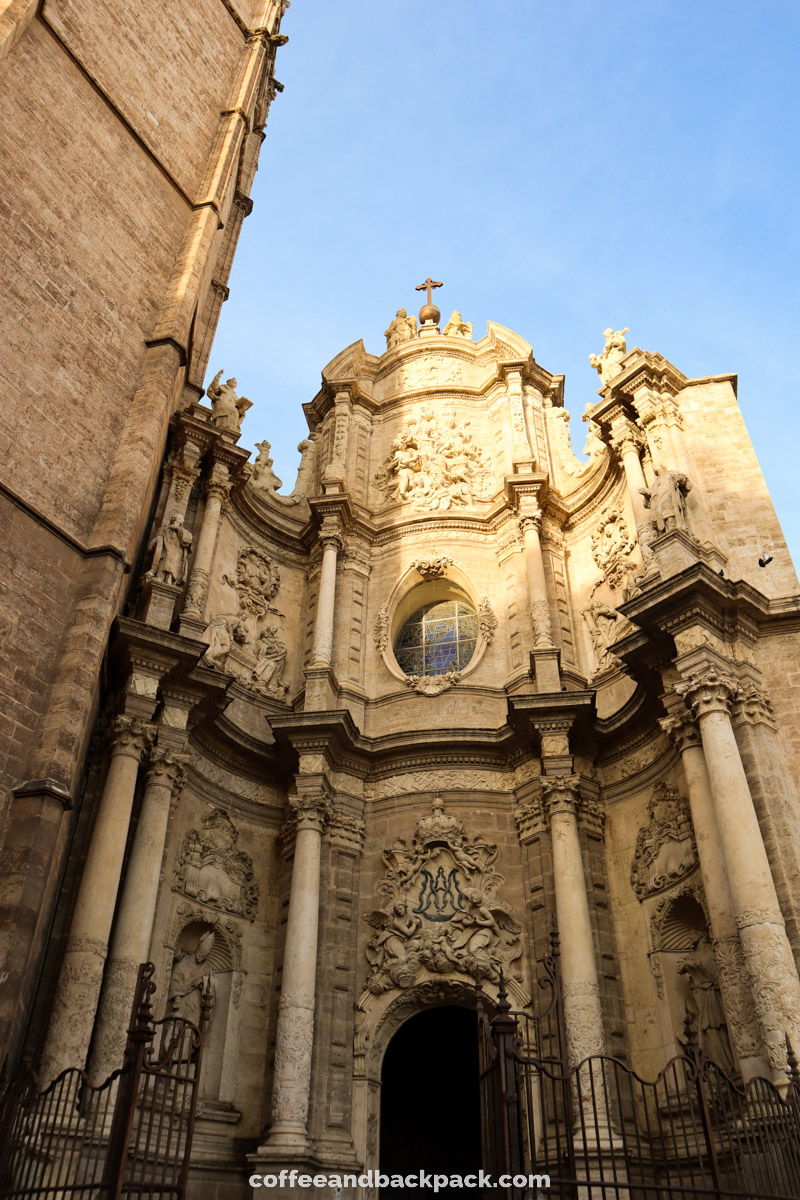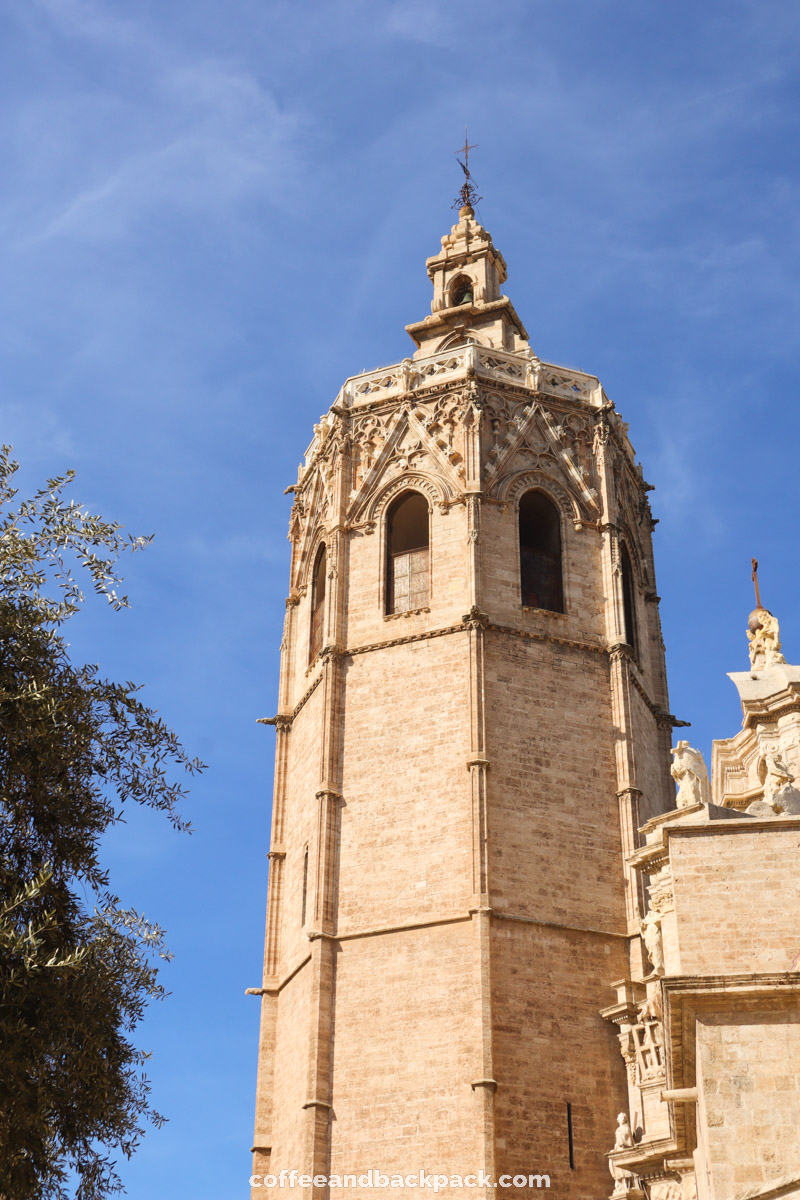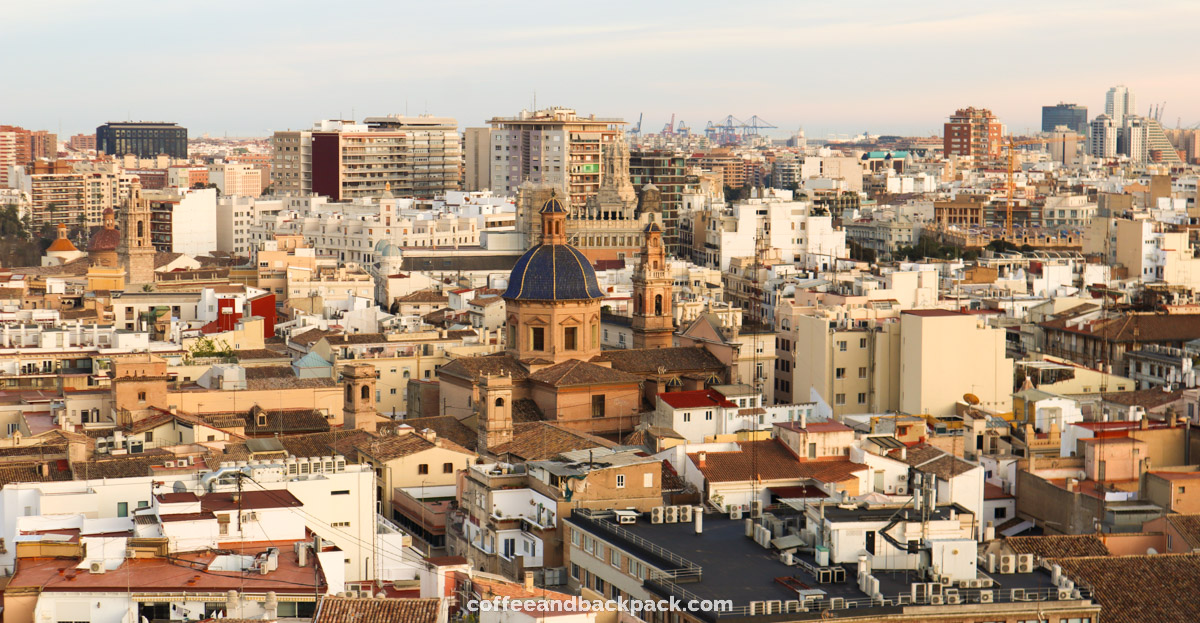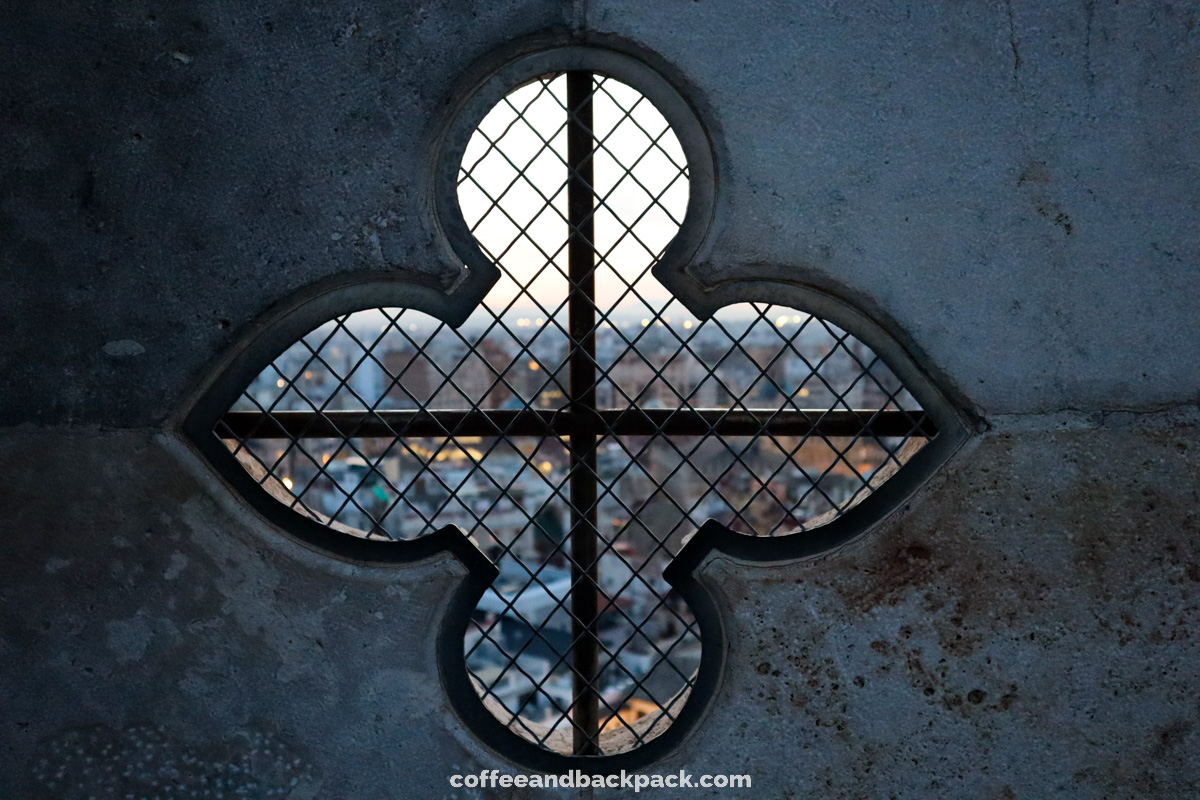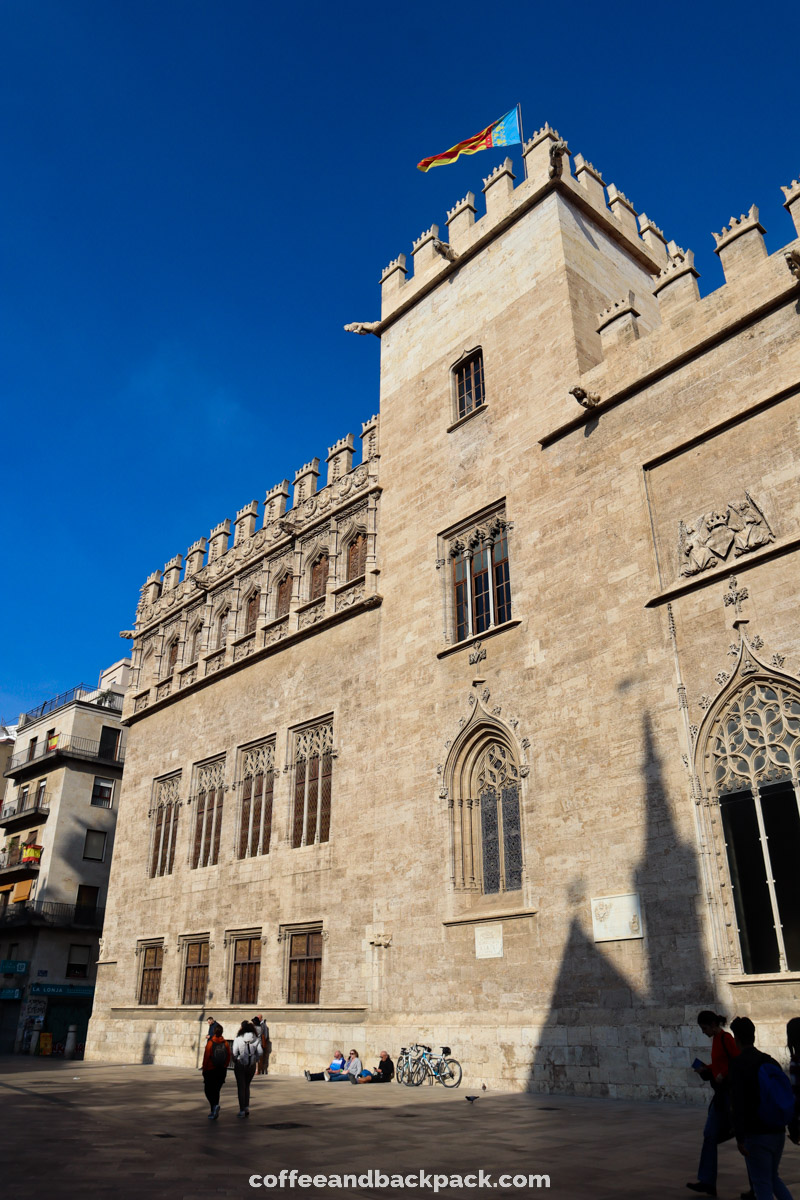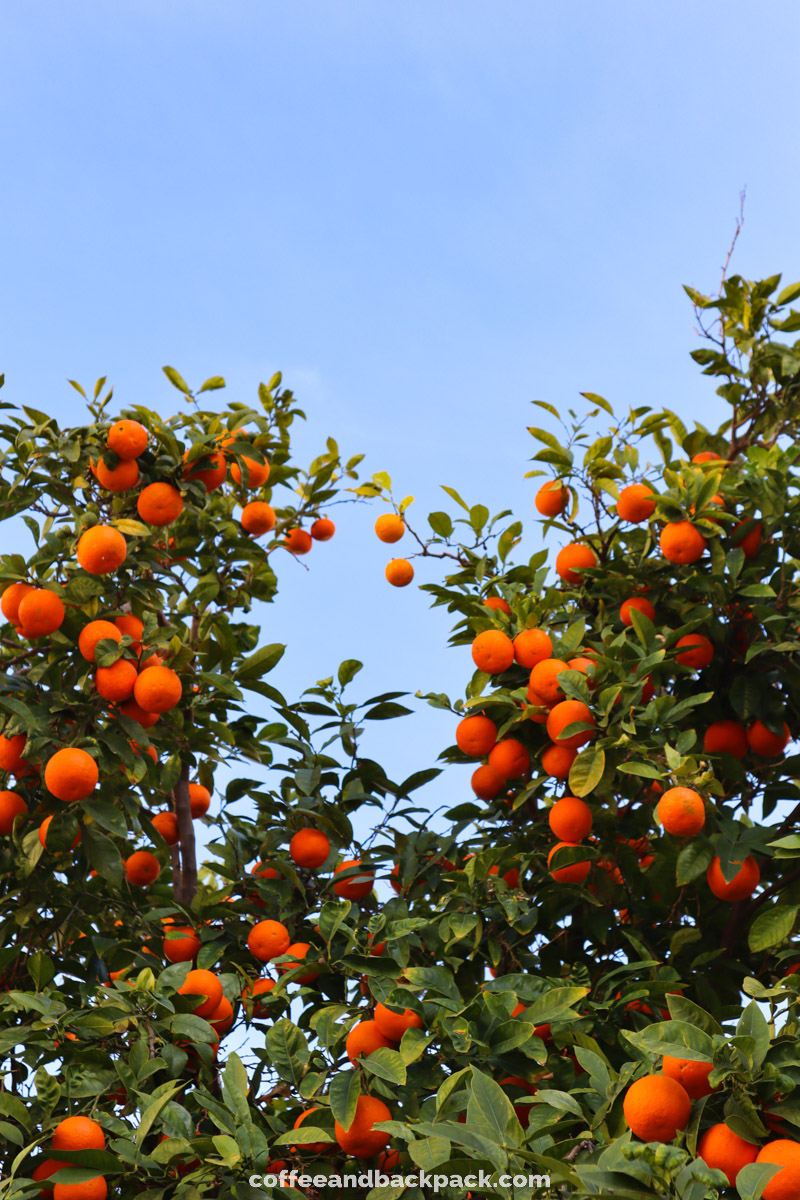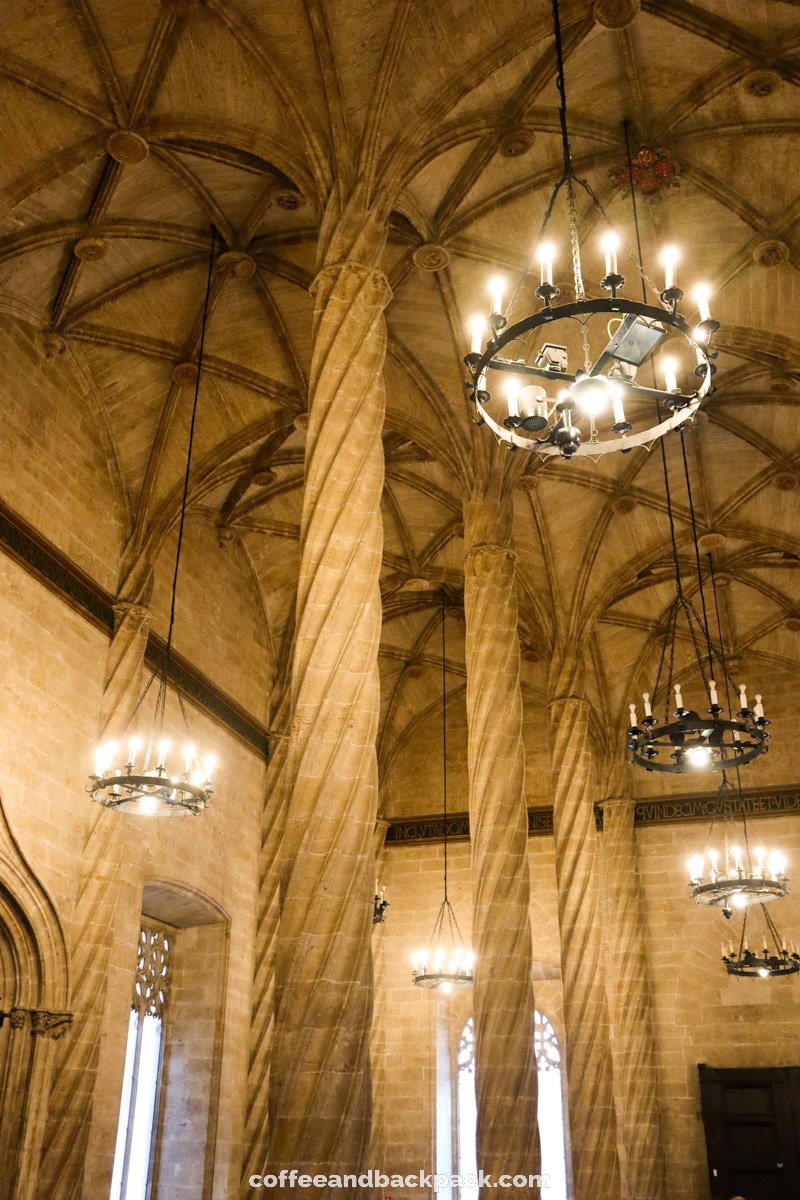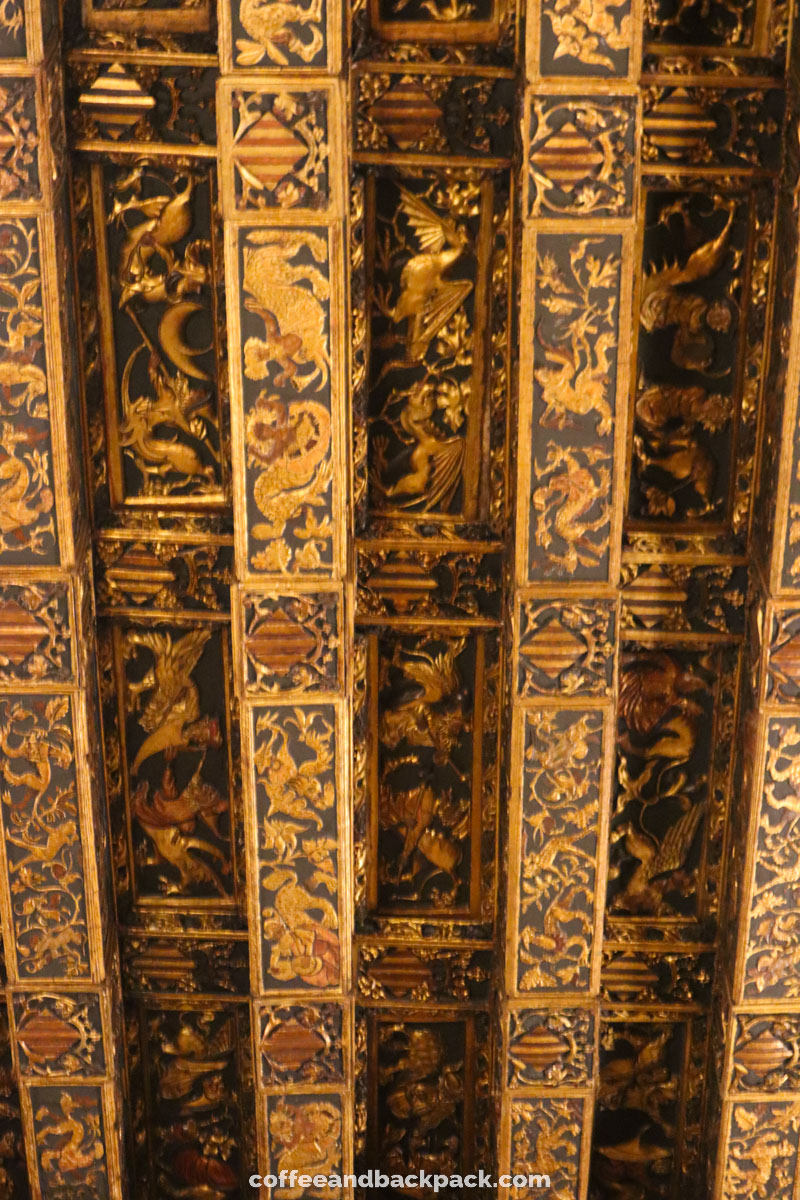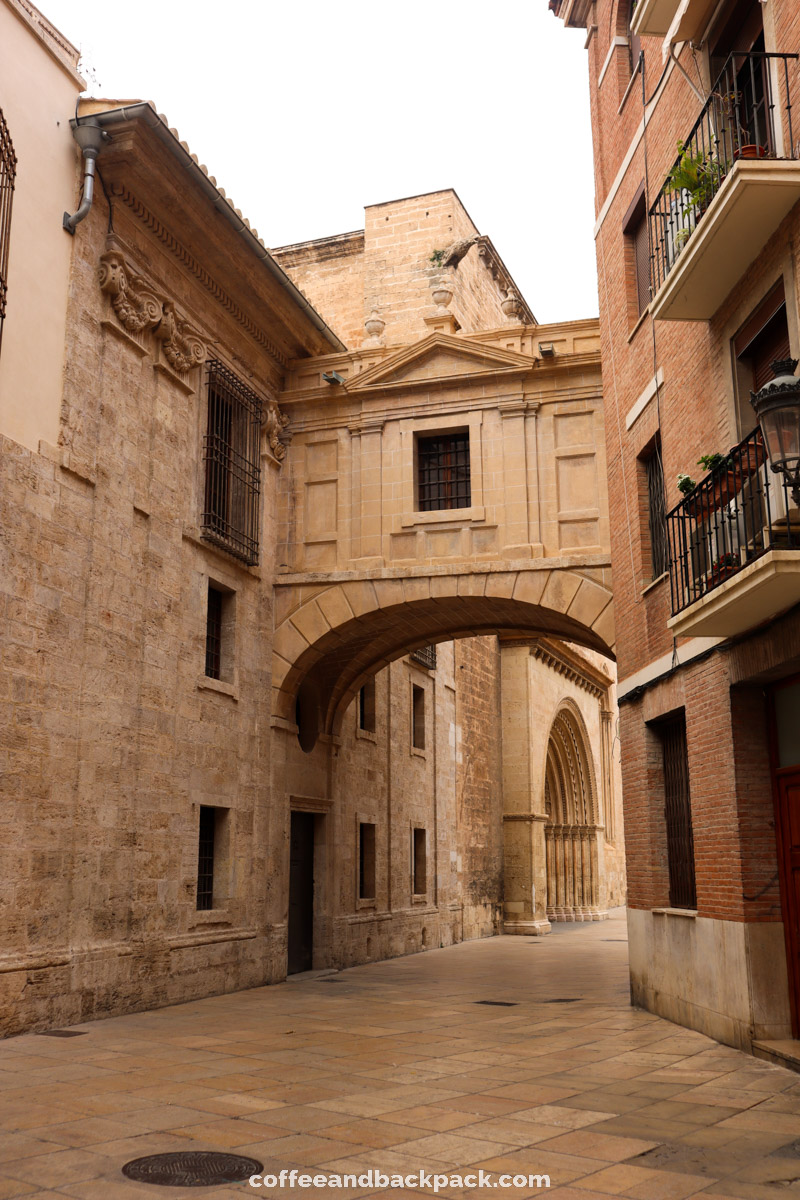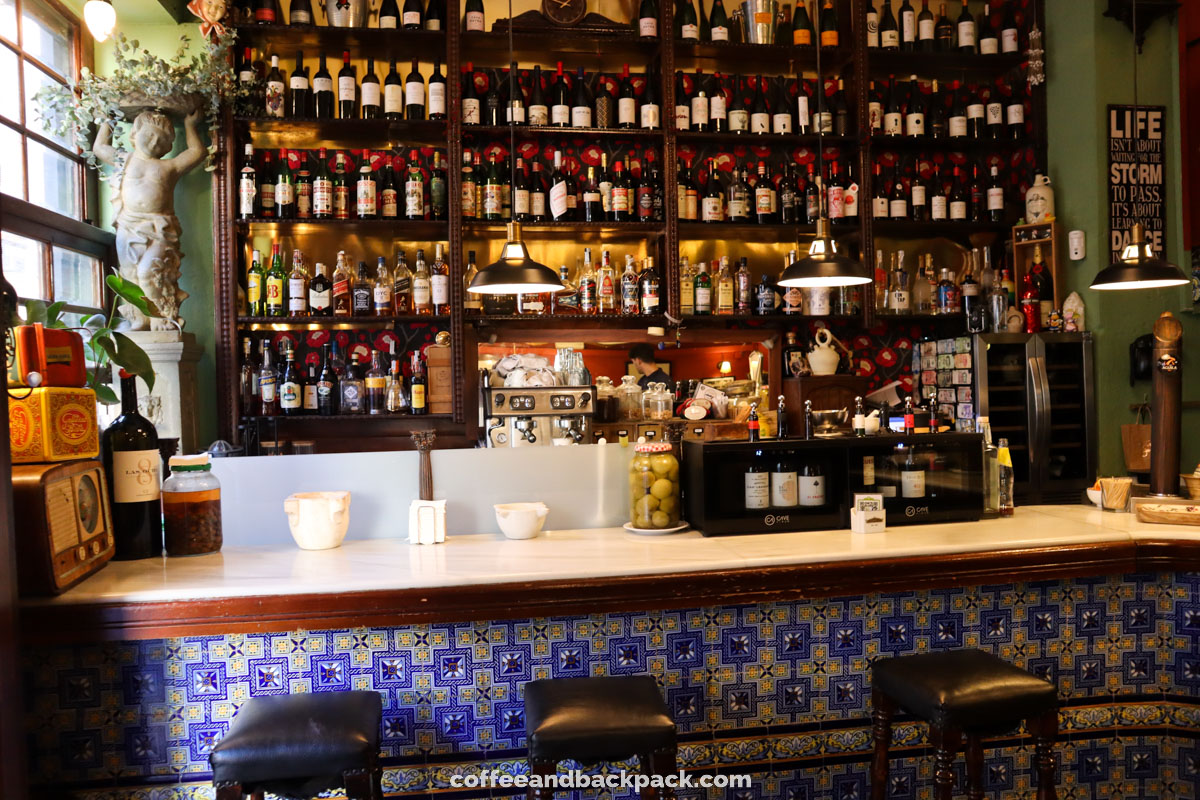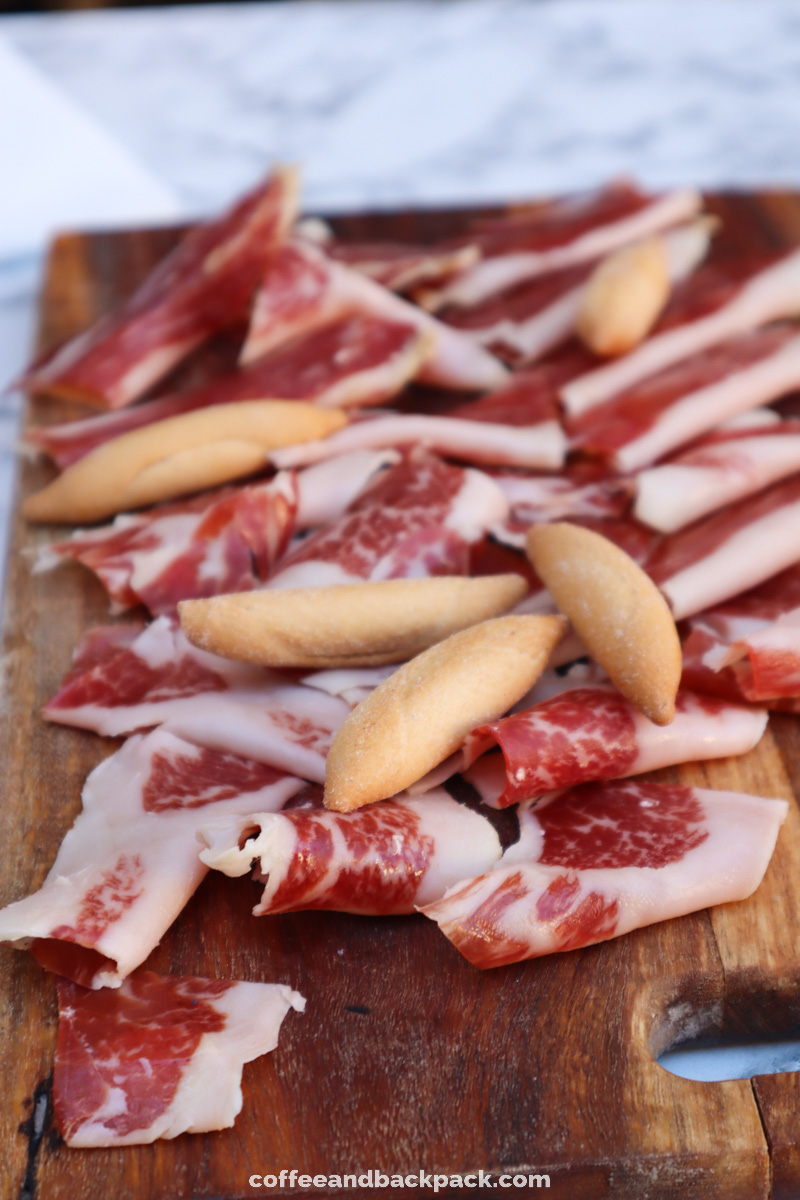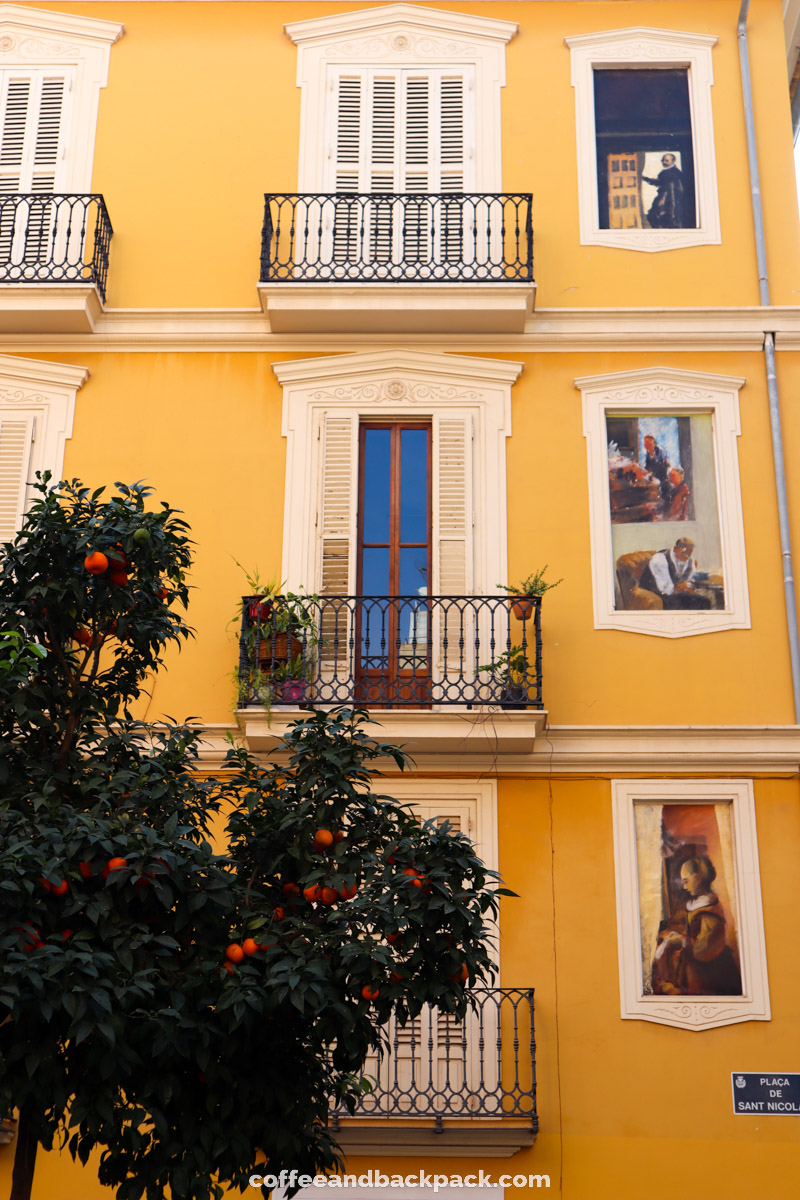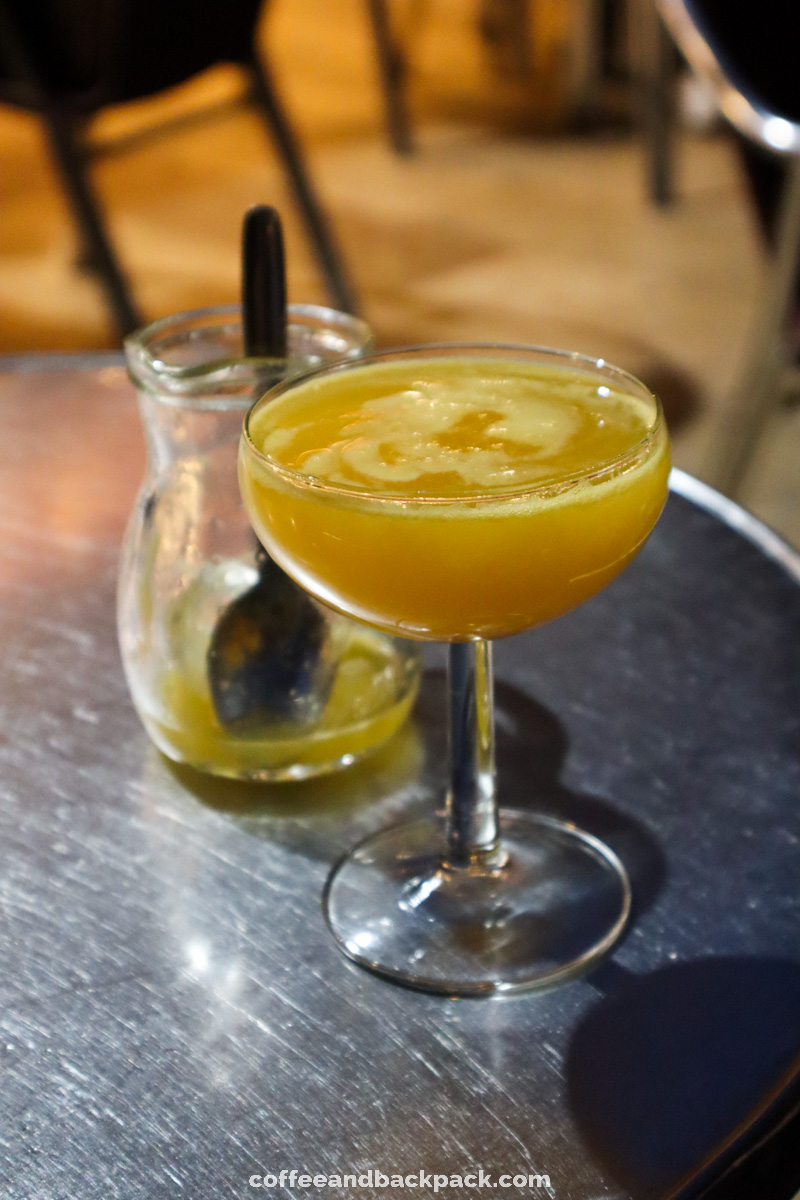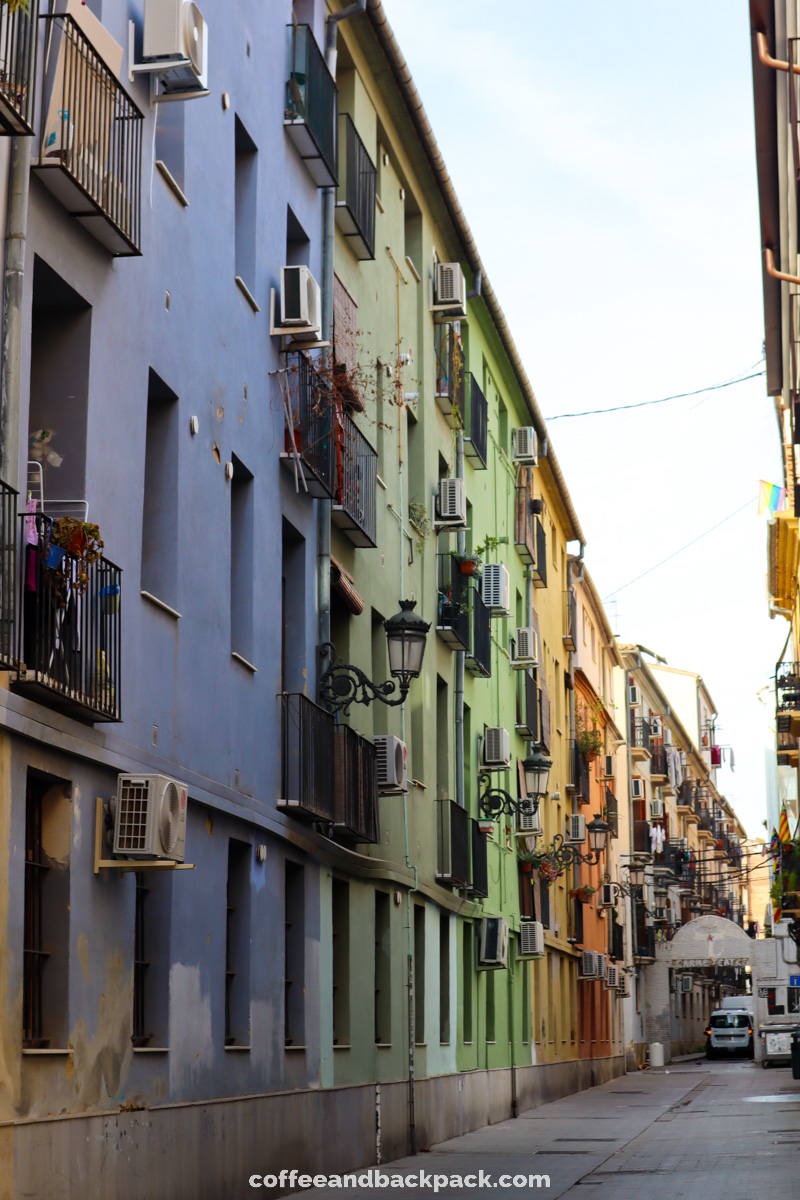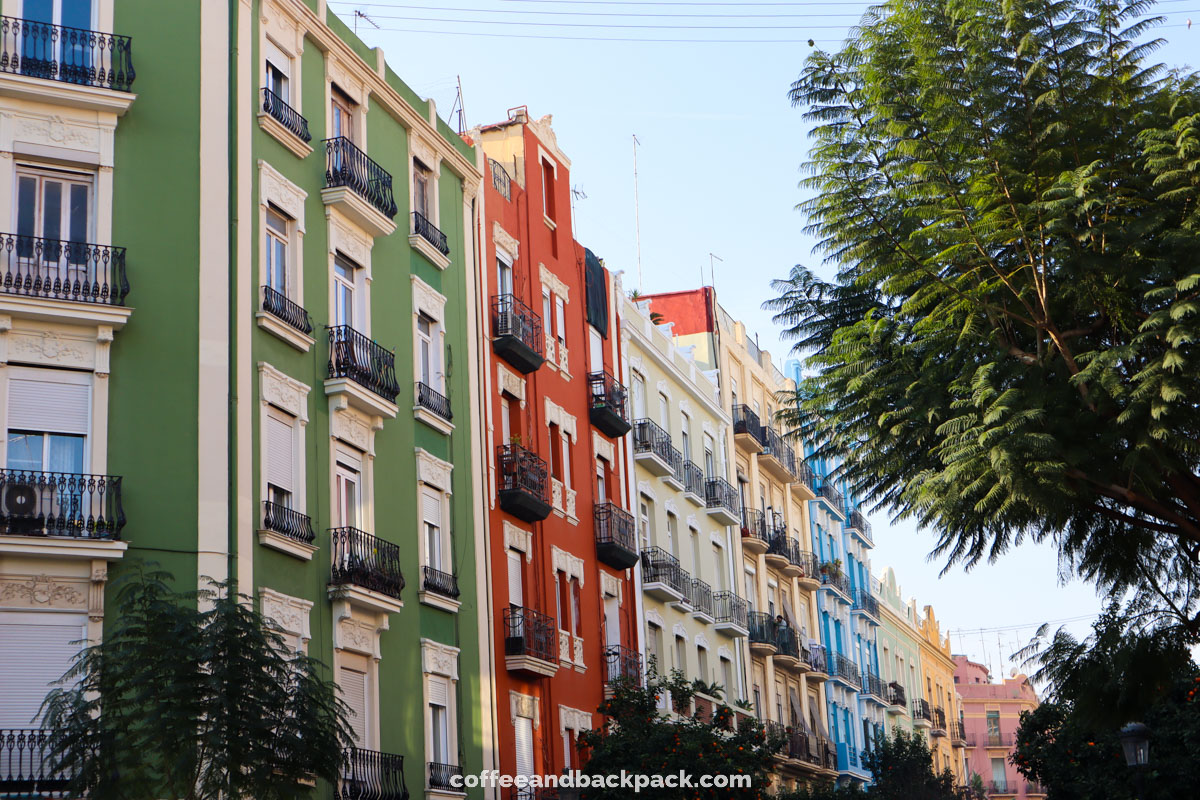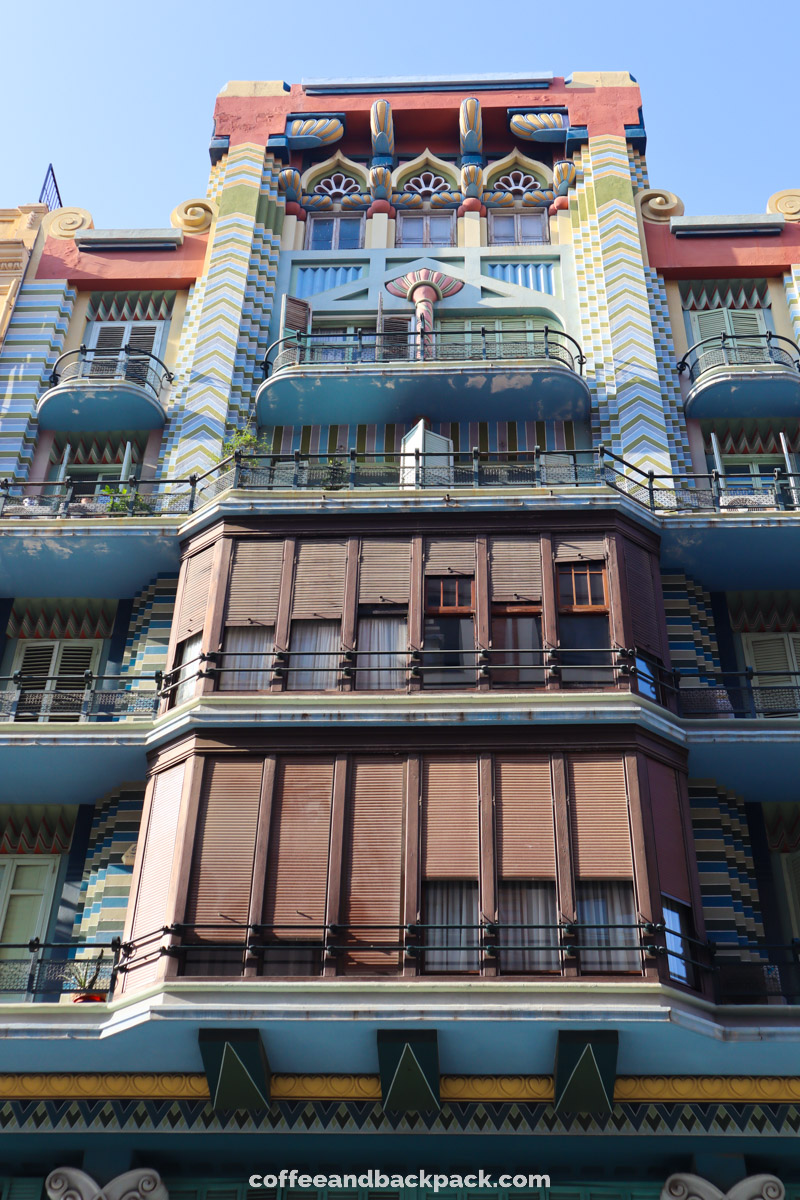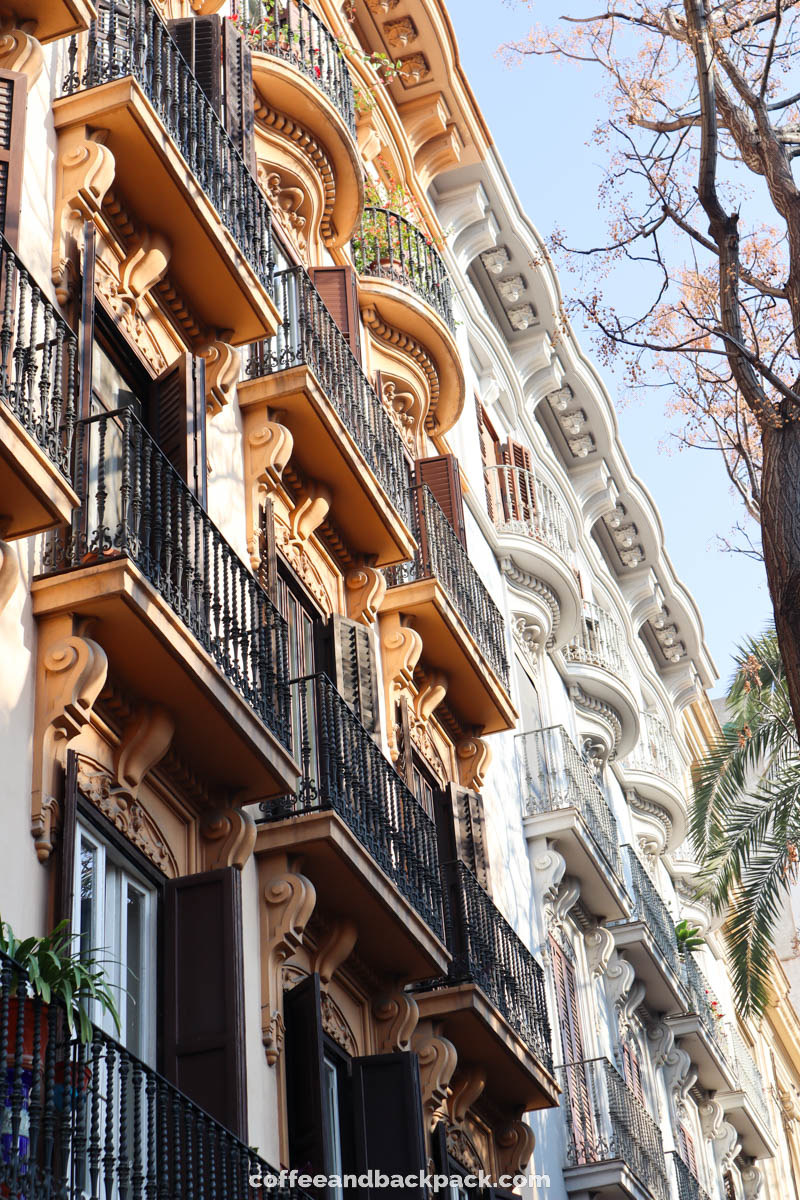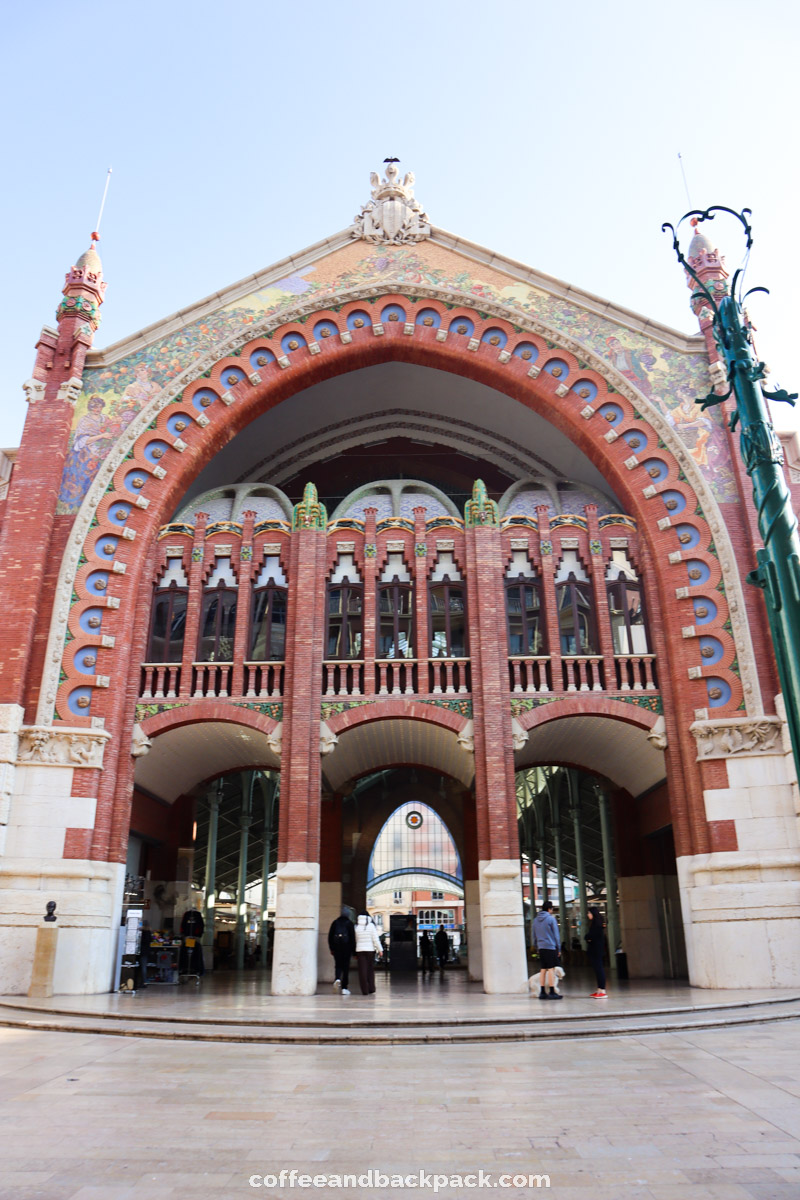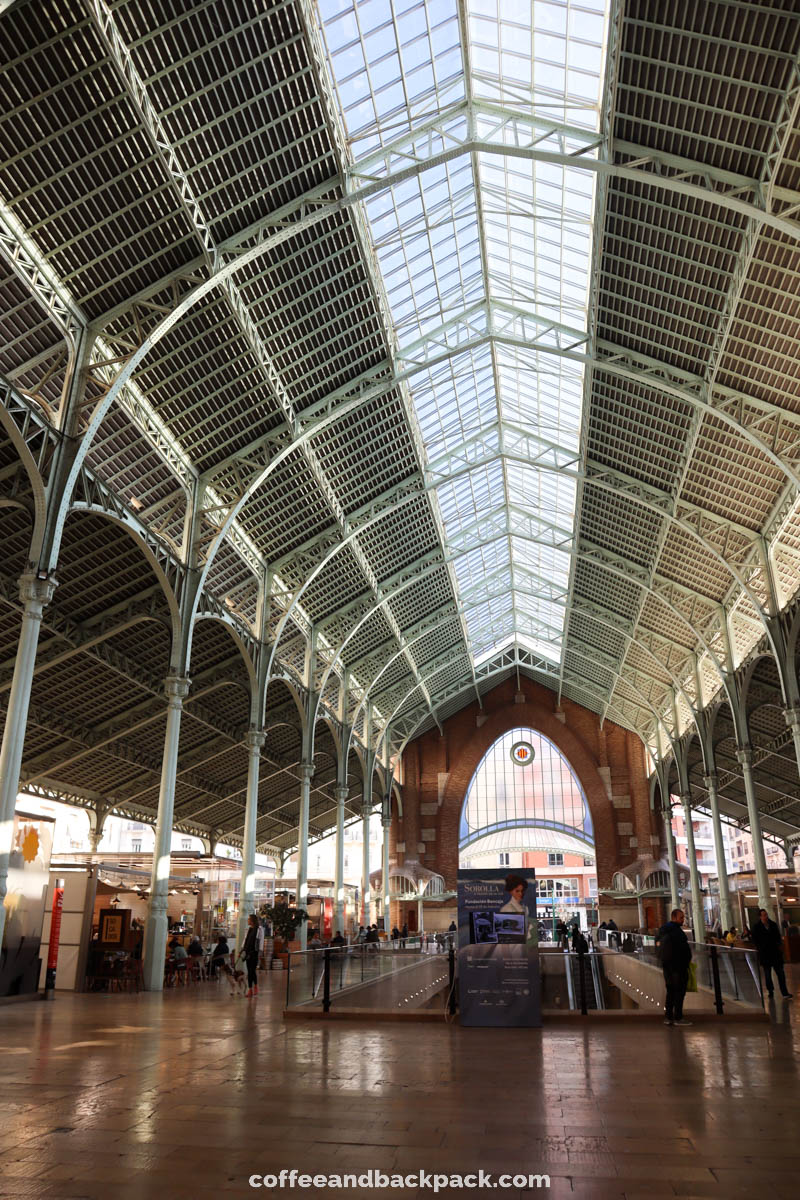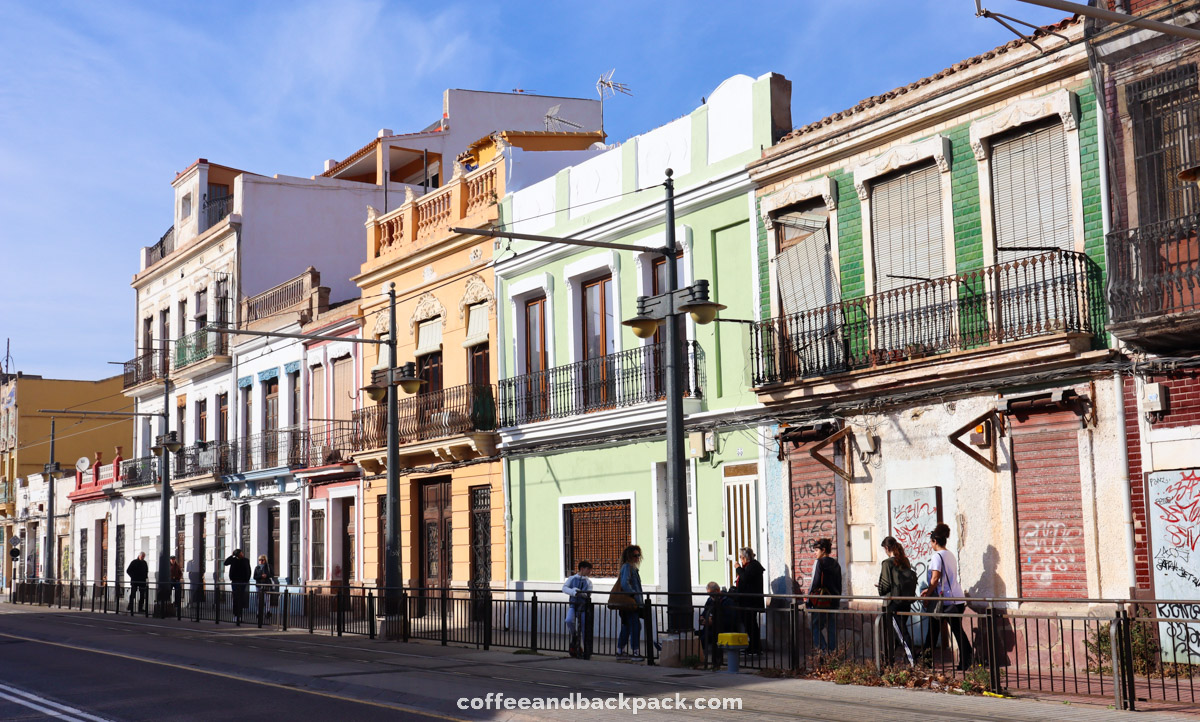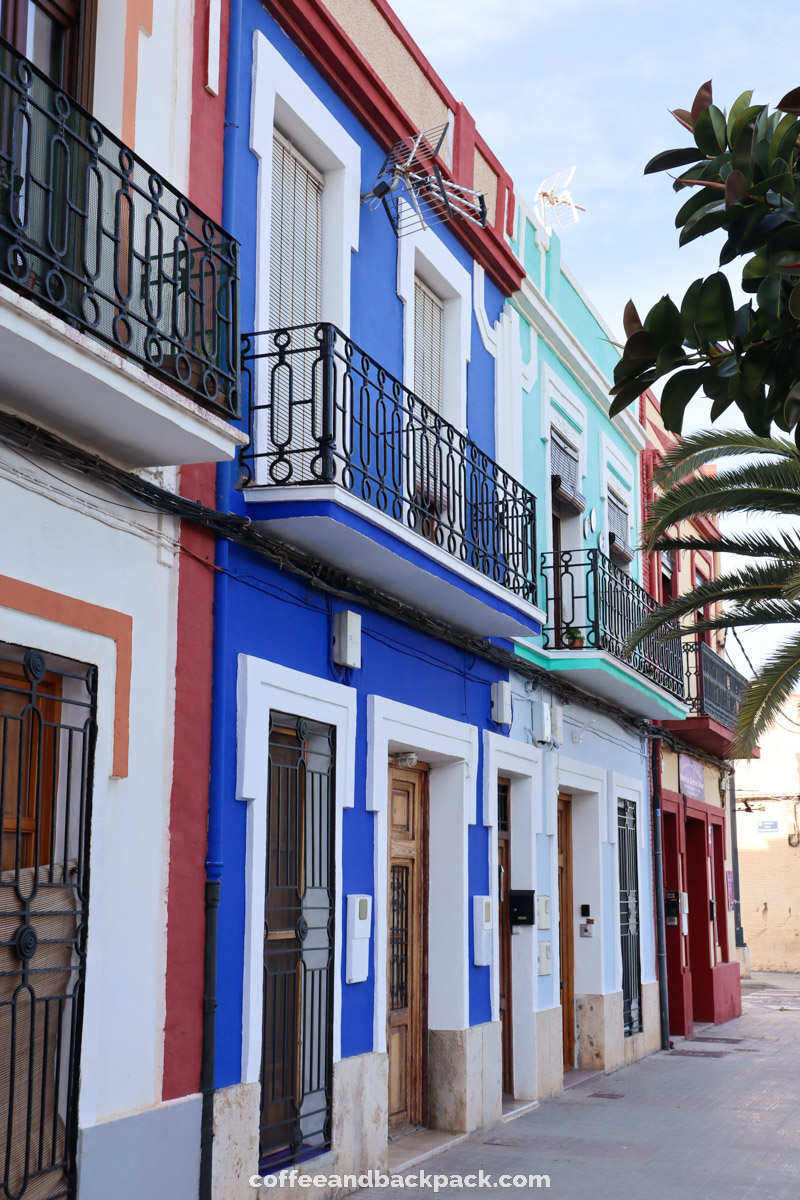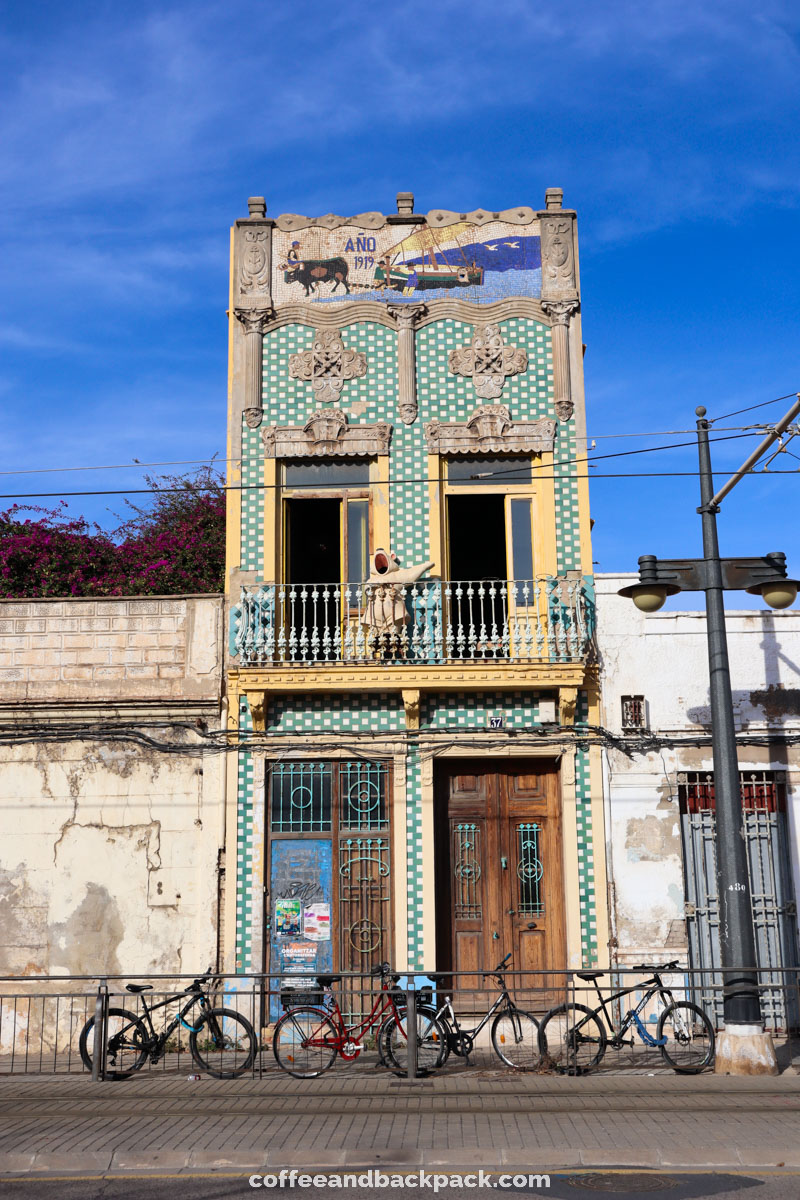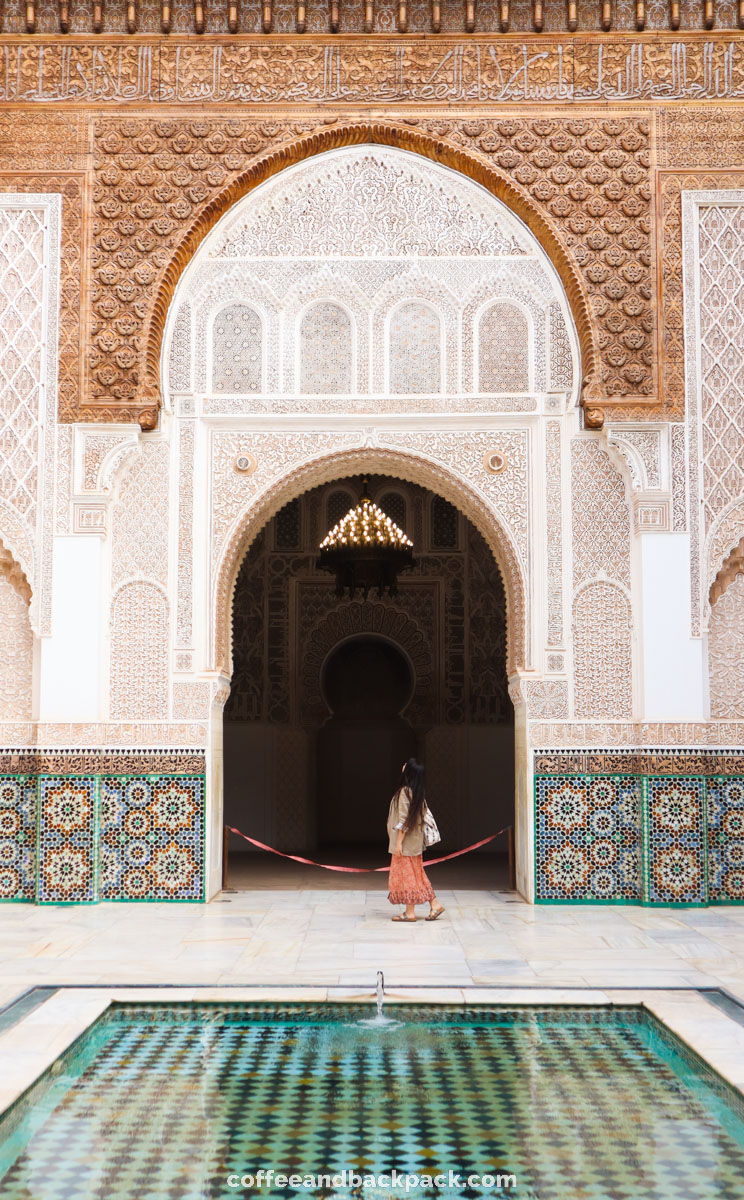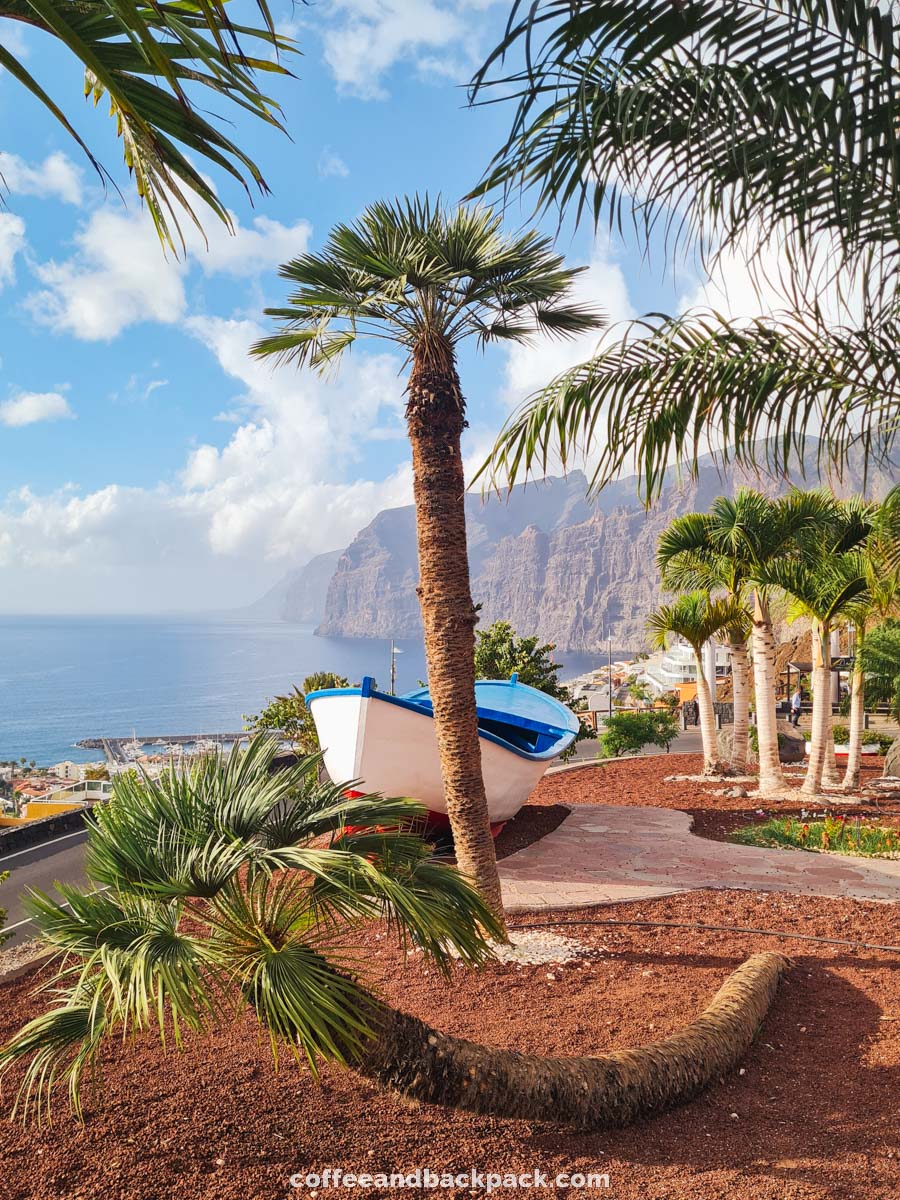If you're looking for a sunny European getaway that combines history, gastronomy, and culture, Valencia is the perfect destination for your weekend trip. As Spain’s third-largest city, a vibrant student hub, and a true cultural capital, Valencia captivates with its harmonious blend of centuries-old traditions and modernity. From its golden beaches and cutting-edge architecture to its charming historic streets, this Mediterranean city has something to offer for every traveler. Whether you're an art lover, a food enthusiast, or just seeking relaxation, our itinerary will guide you through two unforgettable days in Valencia.
Day 1 - Valencia historical landmarks & El Carmen
We suggest dedicating this first day in Valencia to exploring the historic center and the neighbourhood of El Carmen, both rich with monuments to discover. And of course, we’ve included a few great spots along the way where you can sample local cuisine throughout this first day in Valencia.
Our itinerary begins early in the morning with what we consider one of the best breakfast spots in Valencia: the Mercado Central. It’s one of the largest covered markets in Europe, built in the Art Nouveau style.
With its stained glass windows, colorful mosaics, and impressive dome, Mercado Central is as much a feast for the eyes as it is for the senses. Inside, you'll find more than 1,200 stalls offering a wide variety of fresh produce: fruits and vegetables, seafood, meats, spices, and of course, local specialties like Iberian ham.
For breakfast, head to
Central Bar, located inside the market. This bar was opened by Michelin-starred chef Ricard Camarena. Join the locals and enjoy a great coffee paired with
pan cón tomate or a slice of
tortilla de patatas right at the counter.
The market is open every day except Sunday, from 7:30 AM to 3:00 PM. Whether you're searching for typical ingredients for a picnic or simply curious to explore the architecture, a visit to Mercado Central offers an authentic immersion into the daily life of Valencia.
Walk just 3 minutes to reach Plaza Lope de Vega. Tucked away in the heart of Valencia’s historic district, this small square is famous for La Estrecha, one of the narrowest houses in Europe, with a facade barely 107 cm wide. From this square, you can easily access Plaza Redona, a small circular square that was once a fish market. Today, it’s home to various shops and cafés, making it a charming spot to explore.
From Plaza Lope de Vega, you’ll catch sight of the Santa Catalina Tower, a striking baroque structure that stands out amidst the surrounding buildings. The tower is open to visitors daily between 11 AM and 1 PM.
Right across from the tower, you'll find the
Horchatería de Santa Catalina, the perfect spot for a coffee break or to enjoy freshly made churros. You can also try buñuelos, Valencia’s traditional doughnuts, and the famous
horchata, a refreshing plant-based milk drink that’s served cold, either to enjoy on-site or to take away. The Horchatería de Santa Catalina has been in business for over two centuries, enduring even through some of Spain's darkest historical moments.
Tip
If you're looking to try another horchatería in the El Carmen neighborhood over the weekend, head to Horchatería El Collado, which is conveniently located near the Mercado Central as well.
Continue on to Plaza de la Reina, one of the city's main squares. Here, you can enjoy views of the cathedral and admire the Edificio Monforte with its unique architecture, round windows, and decorated façade.
From this square, head towards Calle de la Paz. This street offers a fantastic view of the Santa Catalina Tower. We visited early in the morning, and the light was simply perfect.
Continue on to the Valencia Cathedral, located in Plaza de la Reina.
Built on the remnants of an ancient Roman temple, the Cathedral of Saint Mary is a true patchwork of Gothic, Romanesque, and Baroque architecture. As you observe its façade, you can see the transformations it has undergone over the centuries. Notably, it houses the Holy Grail, the cup used by Jesus Christ and his twelve disciples during the Last Supper. The cathedral is open daily from 10:30 AM to 6:30 PM.
For a 360-degree view of the city, don’t miss the climb to the roof of the Cathedral's Bell Tower, known as the Miguelete. We ascended its 200 steps in the late afternoon to watch the sunset over the rooftops of Valencia. Access to the Miguelete is sold separately from the cathedral entrance and costs just 2 euros. The tower is open from Monday to Sunday, 10 AM to 1 PM, and then from 4:30 PM to 7 PM.
Our itinerary continues just a 5-minute walk away with a visit to the Silk Exchange.
This medieval building is one of Valencia's architectural gems and a symbol of the city's rich commercial past. Constructed in the 15th century, this Gothic structure served as a trading hub for silk merchants. A UNESCO World Heritage site, the Silk Exchange is notable for its twisted columns, vaulted ceilings, and stunning courtyard adorned with orange trees.
Admission costs only 3 euros, and the exchange is open daily from 10 AM to 6:30 PM.
Tip
Admission to the Silk Exchange is free on Sundays.
Continue on to Plaza de la Virgen, a vibrant square in Valencia where you’ll find the Basilica de la Virgen de los Desamparados. This striking building is easily recognizable with its pink neo-baroque facades and blue dome, making it the most important religious structure in the city. Inside the basilica, you’ll admire numerous frescoes, including those adorning the dome. Behind the basilica, you can also explore the remains of ancient Roman baths.
For lunch, you’ll find several options on Plaza de la Virgen and in the many quaint streets behind the basilica. We highly recommend
Taberna La Samorra, located on Calle de l’Almodí. This charming tavern offers a delightful selection of local dishes and is perfect for a relaxing meal in the heart of Valencia.
Our itinerary continues outside the old town with a visit to the Torre de Serranos. Built in the 14th century, this tower is one of the few remaining vestiges of the fortifications that once surrounded Valencia's old city. Today, it serves as the main entrance to the historic area. You can visit the tower for just 2 euros. From the top, you’ll enjoy a panoramic view of the old town and the Turia Gardens, which are beautifully landscaped in the former riverbed that once surrounded the city. A bike ride along this green corridor is planned for our second day of this itinerary.
Just a short walk from the Torre de Serranos is a small museum that truly deserves a few minutes of your time - the Museo del Corpus. We stumbled upon it while strolling around the city and immediately felt it deserved more visibility. Housed in a large building known as the Casa de las Rocas, this museum showcases giant wooden figures used in the processions during Valencia's Corpus Christi celebrations. These religious festivities occur annually and are the city's largest celebrations, attracting thousands of locals and visitors from around the world. The museum is open every day except Monday, from 10 AM to 2 PM and 3 PM to 7 PM.
After all these visits, you’ll agree it’s finally time to relax on a terrace with a drink, hehe! The El Carmen neighbourhood is the perfect place for that. Stroll along Calle dels Serrans and its charming perpendicular streets. You'll discover numerous cafés, tapas bars, and restaurants where you can unwind and soak up the vibrant atmosphere.
Here are some of favourite spots in Valencia city center
Café Sant Jaume, a great spot where you can try the famous Agua de Valencia, a local cocktail made with cava, orange juice, vodka, and gin. It’s a refreshing drink that perfectly captures the essence of the region!
Dempañadas is the place to go for delicious empanadas made on-site, with both vegan and vegetarian options available.
If you still have some energy left for another visit, head to the Church of Saint Nicholas, located nearby in the same area. This church is often referred to as the “Sistine Chapel of Valencia” because of its stunning painted ceiling.
Admission to the church costs 11 euros for adults, while children under 12 can enter for free.
To wrap up the day, what could be better than enjoying a paella? This internationally renowned dish originates from the city of Valencia, as the locals will proudly tell you. The traditional Valencian paella consists of very few ingredients, unlike the variations you may find in major tourist cities in Spain. We recommend the restaurant
La Cigrona, which serves the authentic Valencian paella, made with round rice, chicken, rabbit, and green beans.
Day 2 - Ruzafa, the City of Arts and Sciences, and Beachside Bliss
On this second day in Valencia, explore the vibrant Ruzafa neighborhood starting with a hearty brunch followed by a stroll among its Art Nouveau buildings. Then, discover the futuristic City of Arts and Sciences, an iconic work by Valencian architect Santiago Calatrava, before relaxing on one of the city's beaches and in the Cabanyal district.
Once a working-class neighborhood, Ruzafa is now one of Valencia's most dynamic and trendy districts. Its bohemian atmosphere, combined with a rich architectural heritage, makes it an ideal place to stroll and discover a more authentic side of the city, away from tourist hotspots.
It takes about 20 minutes on foot from the Plaza de la Reina to reach the Ruzafa neighborhood. Along the way, you'll have the chance to admire the Plaza de Toros (bullring) of Valencia, as well as the Valencia Nord train station, an imposing Art Nouveau building inaugurated in the early 20th century with a richly decorated facade. Don't hesitate to enter the station to admire the traveler information center, which is also adorned with azulejos.
For a delicious brunch or breakfast in one of the many cafés in the neighborhood, we recommend
Bluebell Café and
Café Artysana. Both spots offer a wide selection of toast, coffee, and smoothies to fuel you for the day ahead. They also feature charming patios, perfect for enjoying your meal al fresco.
On your way, don’t miss Casa Judía located at number 20 on Calle Castellón. This residential building, constructed in 1930, features an Art Deco style that blends Egyptian, Hindu, and Eastern architectural elements. Its name, "the Jewish house," comes from the Star of David adorning its façade.
Next, take a stroll through the Ruzafa neighborhood, where you'll discover lively cafés, restaurants, contemporary art galleries, and independent shops. Be sure to visit the Colón Market, a covered market in Art Nouveau style that houses a gastro-market, cafés, and restaurants.
For the rest of the day, we recommend renting a bike to explore the city along the gardens that were once the bed of the Turia River, continuing all the way to the City of Arts and Sciences, and then heading to the beach. This part of Valencia is perfect for cycling, with well-maintained bike paths and flat terrain. We rented our bikes from
Ruzafa Bike Rent for just 7 euros for the day.
Pedal through the gardens and follow the bike path to reach the City of Arts and Sciences. Along the way, you’ll pass the Gulliver Park, featuring a giant structure depicting Gulliver that delights both children and adults. This impressive structure includes several slides, making it a true work of art where kids can have fun.
The City of Arts and Sciences was designed by Valencian architect Santiago Calatrava. This futuristic complex, now an iconic symbol of Valencia, stretches nearly 2 kilometers along the former bed of the Turia River. Here, you’ll find the Oceanogràfic, the largest aquarium in Europe; the Hemisfèric, a 3D cinema; the Science Museum; and the Palau de les Arts, a concert hall.
Whether it’s the Oceanogràfic, the Hemisfèric, or the Science Museum, all three attractions require advance reservations, as they draw a large number of visitors, especially families and school groups. These venues provide fun and cultural experiences suitable for both children and adults.
If you prefer not to visit these attractions, you can join the locals along the banks of the pools that line the futuristic buildings for a break and to take photos.
For a relaxing moment, head to
La Playa de las Arenas, located just a 10-minute bike ride from the City of Arts and Sciences. Stroll along the beach and enjoy lunch on one of the many seafront terraces. We had an Açai Bowl from
Boa Beach, and savoured it with our feet in the sand.
To end the day, take a stroll through the
Cabanyal neighborhood, just a short walk from the beach. Once a fishing village, this charming area is now known for its colourful small houses and trendy bars. Settle in at
La Fábrica del Hielo to enjoy a vermouth, cocktail, or some tapas. This bar-restaurant is housed in a former industrial building that once produced ice to preserve fish, and it has since transformed into an independent cultural space. It frequently hosts concerts, exhibitions, and flea markets.
Our itinerary in the city of Valencia concludes with the visit to Cabanyal. We thoroughly enjoyed discovering this city over the course of a weekend, exploring its centuries-old religious monuments, bohemian neighborhoods, and unique architectural richness, which makes it just as interesting to visit as Barcelona and Madrid. And of course, we savoured the local gastronomy and the kindness of the residents!
Feel free to save this article on Pinterest if you’re planning a trip to Valencia soon!
Like this article? Save it on Pinterest!
